-1733834250132.webp%3Fheight%3D500%26width%3D800&w=1920&q=75)
The Danveer Karana: The Story Behind His Last Rites in Surat
Why did Krishna have to perform Karna's last rites with his own hands? Read the story of Mahabharata. The death of the charitable Karna happened because of Lord Krishna, the last rites were performed in Surat, know why this happened
Ramayana and Mahabharata are the foundation of Hindu culture. Mahabharata teaches us how to live life. More than one great person is mentioned in Mahabharata, one of which is Karna. Very few people know that the cremation of Karna of Mahabharata took place in Surat. There is a story behind why Karna was cremated in Surat itself.
The charitable Karna was the eldest son of Kunti, the mother of Pandavas. We must have heard a lot about Karna's life story. But have you ever heard about his death? When the Mahabharata war was going on and the war was going on between Arjuna and Karna, the wheel of Karna's chariot got stuck in the ground. Then Karna, talking about the rules made by his grandfather Bhishma, said to Arjuna, "O Arjuna, you will not attack me until I remove the wheel of the chariot."
Hearing this, Arjuna stopped. Then Lord Krishna said, O Arjuna, why are you stopping? Shoot the arrow. When Arjuna said that he was against the war. Then Lord Krishna reminded him that Abhimanyu was fighting alone, he did not know the rules of war. Didn't he remember the violation of the rules when Draupadi was mistreated in the assembly of Bharasabha?
Hearing these words, Arjuna got angry and attacked Karna with the weapon given to him by Lord Shiva. With this arrow of Arjuna, Karna came close to death. When Karna was waiting for his death, Lord Krishna thought of testing Karna. Lord Krishna took the form of a Brahmin and said, ‘Hey Karna, my daughter is getting married and I do not have any gold to give her, so give me some gold.’ Then Karna said that I have nothing. What can I donate to you? Then the Brahmin said that you have a gold tooth. Donate it. Karna said, Hit me with a stone and remove my tooth. The Brahmin refused to do so and said that he should donate it himself.
After this, Karna picked up the stone lying near him and broke his tooth with it and gave it to the Brahmin. On this, the Brahmin said that that tooth has become dirty, clean it. On this, when Karna shot an arrow at the earth with his bow, a strong stream of Ganga came out from there. After washing his teeth, Karna said that now he has become clean. After this Karna realized that this is no ordinary Brahmin. He is the Supreme Soul. So that you show me your true form.
Lord Krishna appeared in his real form. Shri Krishna then told Karna that “Your arrow Ganga will continue to praise you for ages.” In the world, there has never been and never will be a great philanthropist like you.
Shri Krishna told Karna that he can ask for any boon from him. Karna told Krishna that he had been cheated a lot because he was the son of a poor charioteer. In the future, when Krishnaji comes to earth, he should try to improve the lives of the backward classes. Along with this, Karna asked for two more boons. As the second boon, Karna said that in the next birth, Krishnaji should be born in his kingdom and in the third boon, he asked Shri Krishna to perform his last rites on virgin ground.
On investigation, only the Tapi River, Kuwari River, was found in Surat, which is also known as the Kuwari Mata River. Karna was cremated on the banks of this Tapi River and even today there is a temple of Karna here. The Chardham Temple of Surat and the three-leafed banyan tree are proof of Karna's last rites.
After the cremation of Karna on the banks of the Tapi River, when the Pandavas expressed their doubts about the virgin land, Shri Krishna appeared to Karna and told him through the air that he was the son of Surya and Ashwini and Kumar were his brothers. Tapi is his sister. Therefore, his cremation was done on the virgin land itself. The Pandavas said that we have come to know, but how will the coming ages know? Then Lord Krishna said that there will be a three-leafed tree here which will be the symbol of Brahma, Vishnu and Mahesh.
It is believed that if someone prays here with true faith, then his wish will definitely be fulfilled. Thus, this tree is still on the banks of the Tapi river in Surat and near it is a tree with three leaves. Which is known as Three Leaf Clover in Surat.
The Story Behind Surat’s Name
Surat is home to an impressive history dating back more than 300 BC,Surat is generally believed to have been founded around 1500 by a Hindu merchant named Gopi. At first, however, the town was known as "the new place". After consulting astrologers who suggested "Suraj", then "Suryapur", Gopi asked an unnamed king in Gujarat if this could become its official name; upon approval by Muslim rulers from Qur'an chapters like Surah (i.e. Suryapur or Surat!) even existed prior to Gopi's time - both names even existed even prior to Gopi!
Duarte Barbosa refers to Surat as Suratt while Jacob Peeters employed its Dutch equivalent, Sourratte (surratte). Other references have been made to Surat throughout history and literature as Surat, Soorat or Surate - often as synonyms.
It later came under colonization from Brigus, King from Sauvira on the banks of Tapi River. In 1759, British forces defeated the Mughals and gained control of Delhi; they held onto power until the early 20th century. Surat emerged as a key trade hub during the 16th, 17th, and 18th centuries due to its location along the Tapi River with 6 km of coast along Arabian Sea. It enjoyed maritime commerce during this period. Surat became an indispensable link between India and other nations, reaching its peak of prosperity before Bombay port rose to power. Surat was also well known for its shipbuilding industry - particularly along its coastline from Athwalines to Dumas where skilled shipbuilders, such as Rassis were concentrated. However, due to Bombay port's expansion and decline of Surat's shipbuilding industry. Since independence, however, Surat has experienced rapid economic development through textiles and trade industries, leading to significant industrial development and expansion within the city itself.
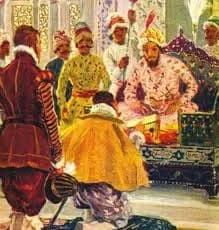
Captain William Hawkins arrived at Surat on the ship Hector to negotiate with the Emperor Jahangir for favorable trade conditions in India.
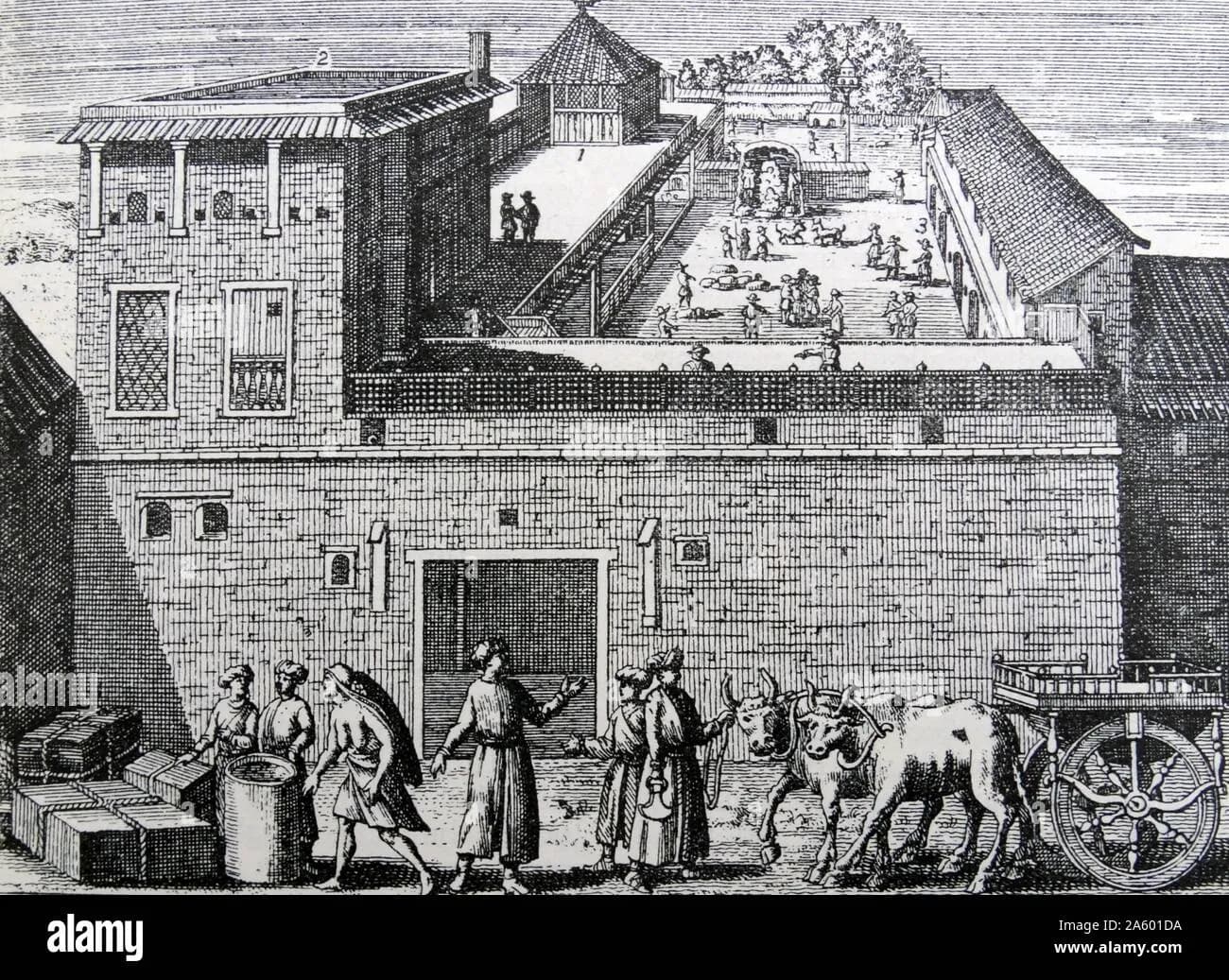
The English established their first factory in India in Surat.
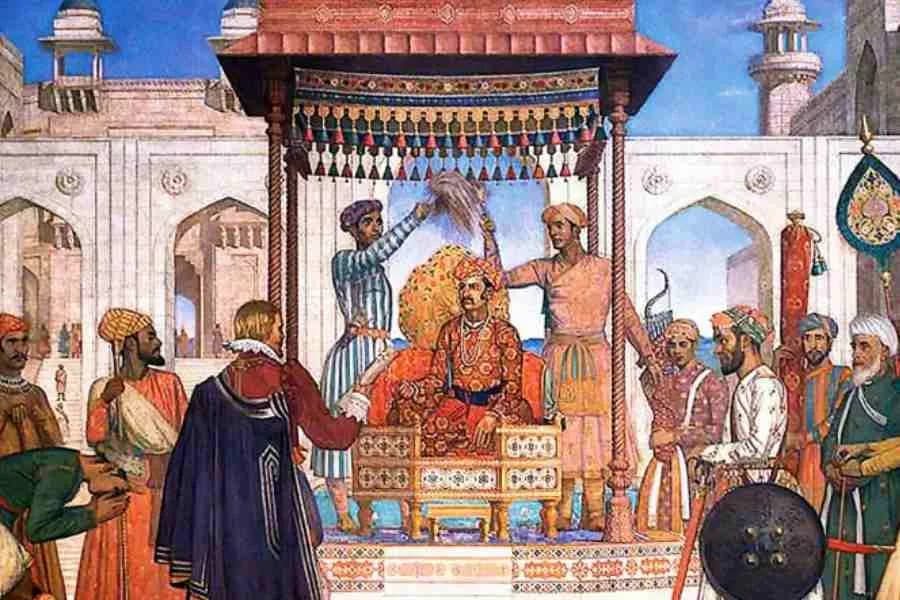
Sir Tomas Row traveled to Surat and secured trading rights for the East India Company by meeting Badsah Jahangir
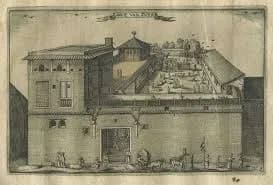
Pieter van den Broecke established a Dutch trading post in Surat.
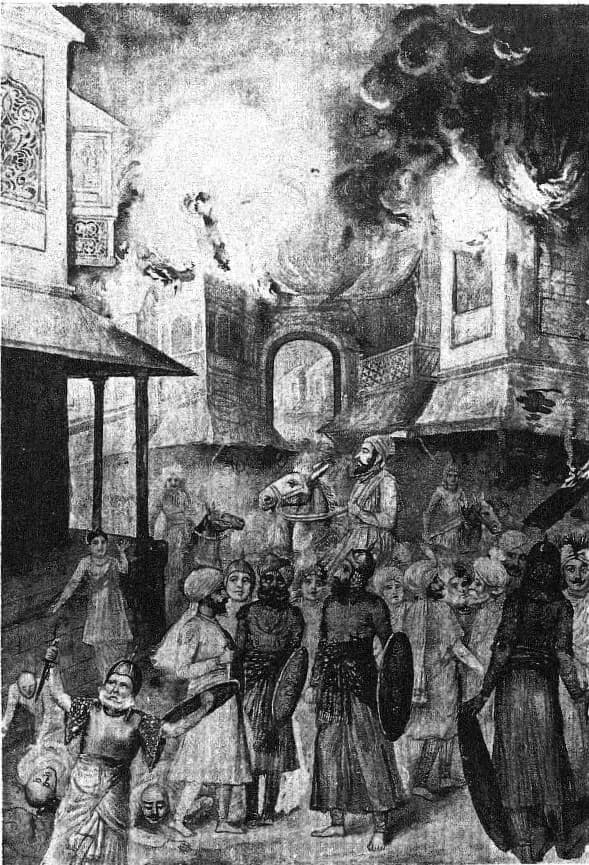
Shivaji of Gujarat first invaded Surat for the 1st time.
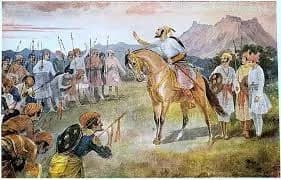
The Marathas raided Surat again.
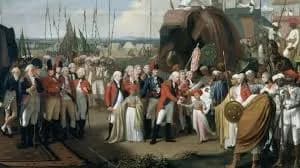
Under Nasiruddin's rule, the Britishers imposed control over Surat.
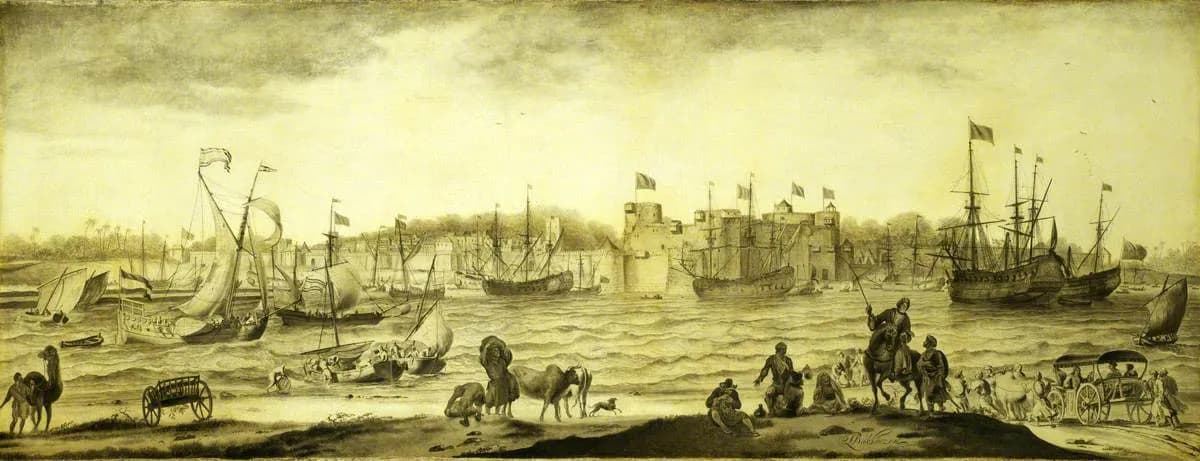
The Dutch people came to Surat.
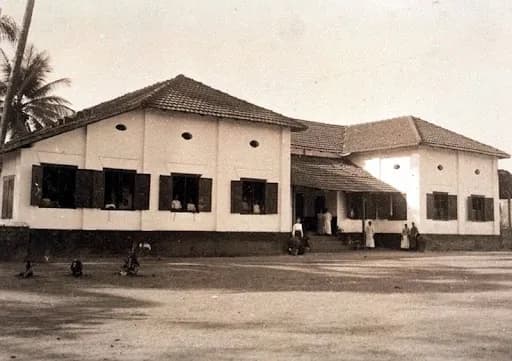
The Government started Gujarati Schools in the City.
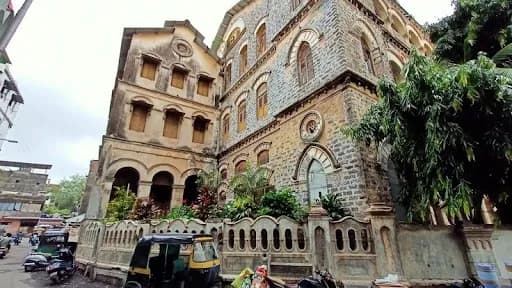
The First English School started in the City.
%20in%20Surat.-1733829478268.webp&w=1920&q=75)
The Portuguese closed their Centres for Trade (KOTHIS) in Surat.
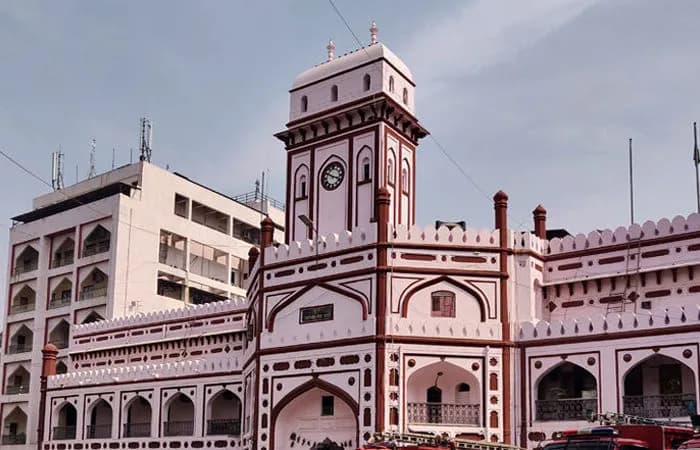
The Government enacted an Act for the development of the city, according to which, the Govt. was empowered to open a Department related to Municipality, on the request of the eminent citizens to effectuate the said Act. The Govt. appointed a committee called 'The Municipal Committee', which consisted of its officers and the eminent citizens to run the said Department. And a provision was made in the Act to administer the city Municipality.
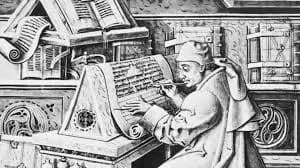
Surat Literary Society established its first Printing Press.
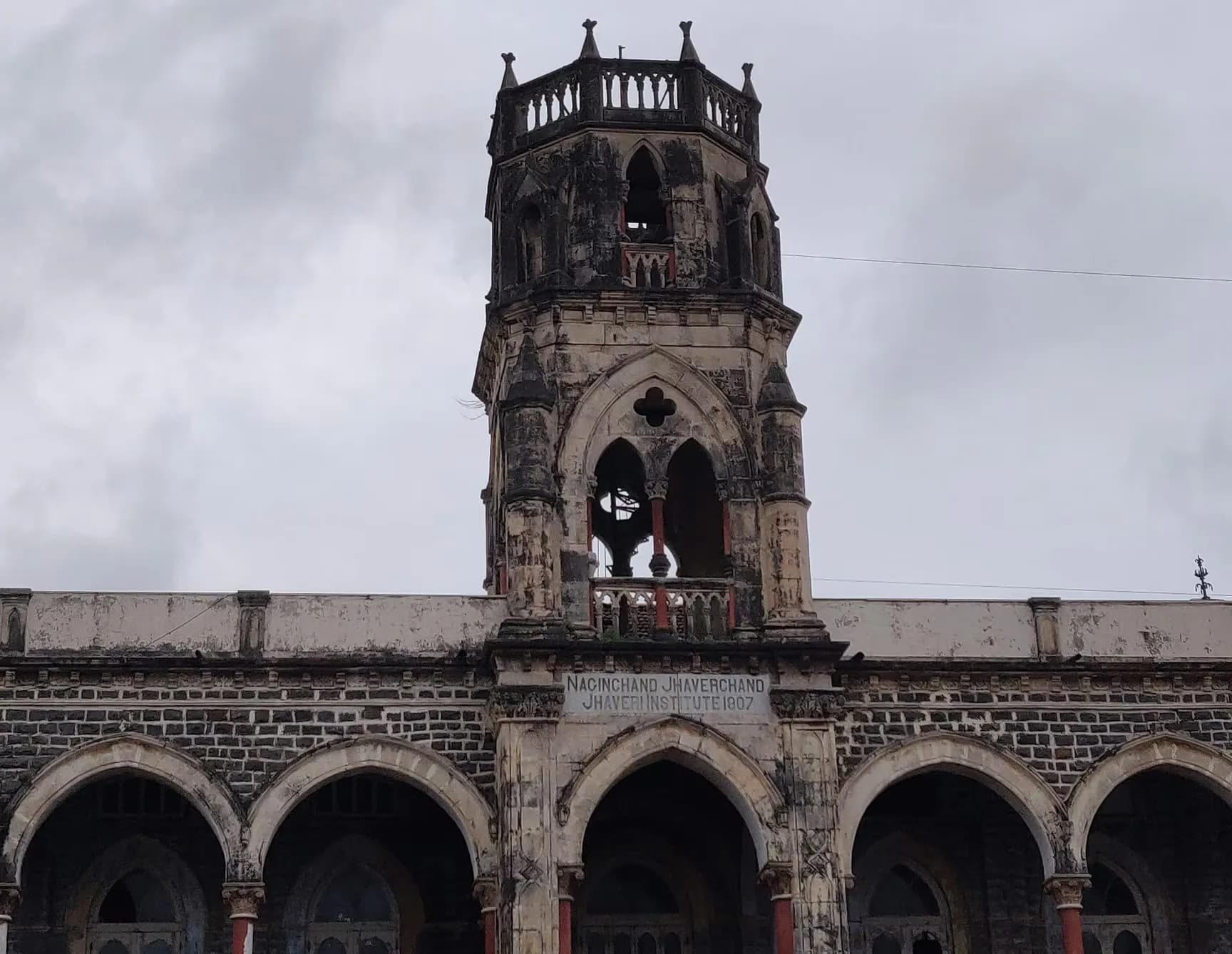
The Andrews Library opened on 1st July.
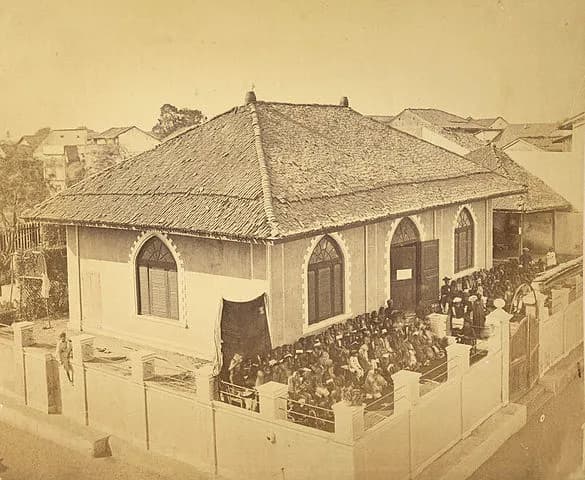
The First School for Girls established in the city under the name of "Raichand Deepchand Primary School for Girls" in Gopipura
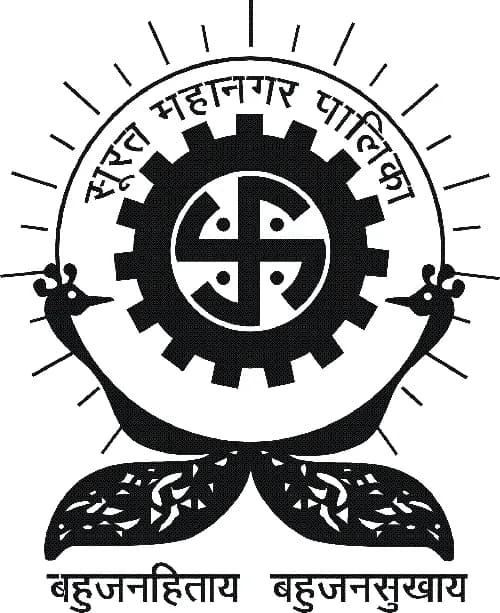
The Primary School administration assigned to the Municipality.
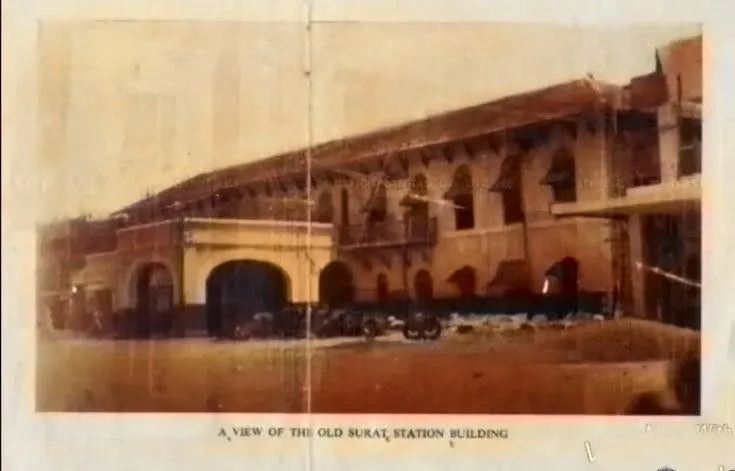
Erection of Surat Railway Station.
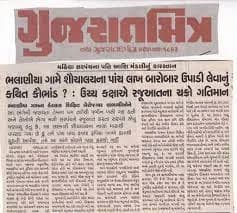
'Surat-Mitra', a local newspaper started by Dinshah Ardeshar Taliyarkhan, which was re-named as 'Gujarat-Mitra' on 11-9-1864.
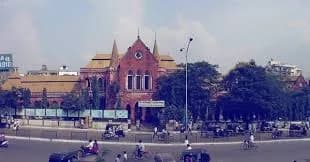
A survey of the city was conducted. The road connecting Chowk Bazar and Station was constructed.
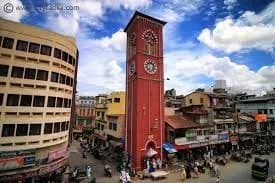
A Clock Tower was erected on the Station Road. A bridge along with sluice gate was constructed over Makkai Pool for Protection against floods.
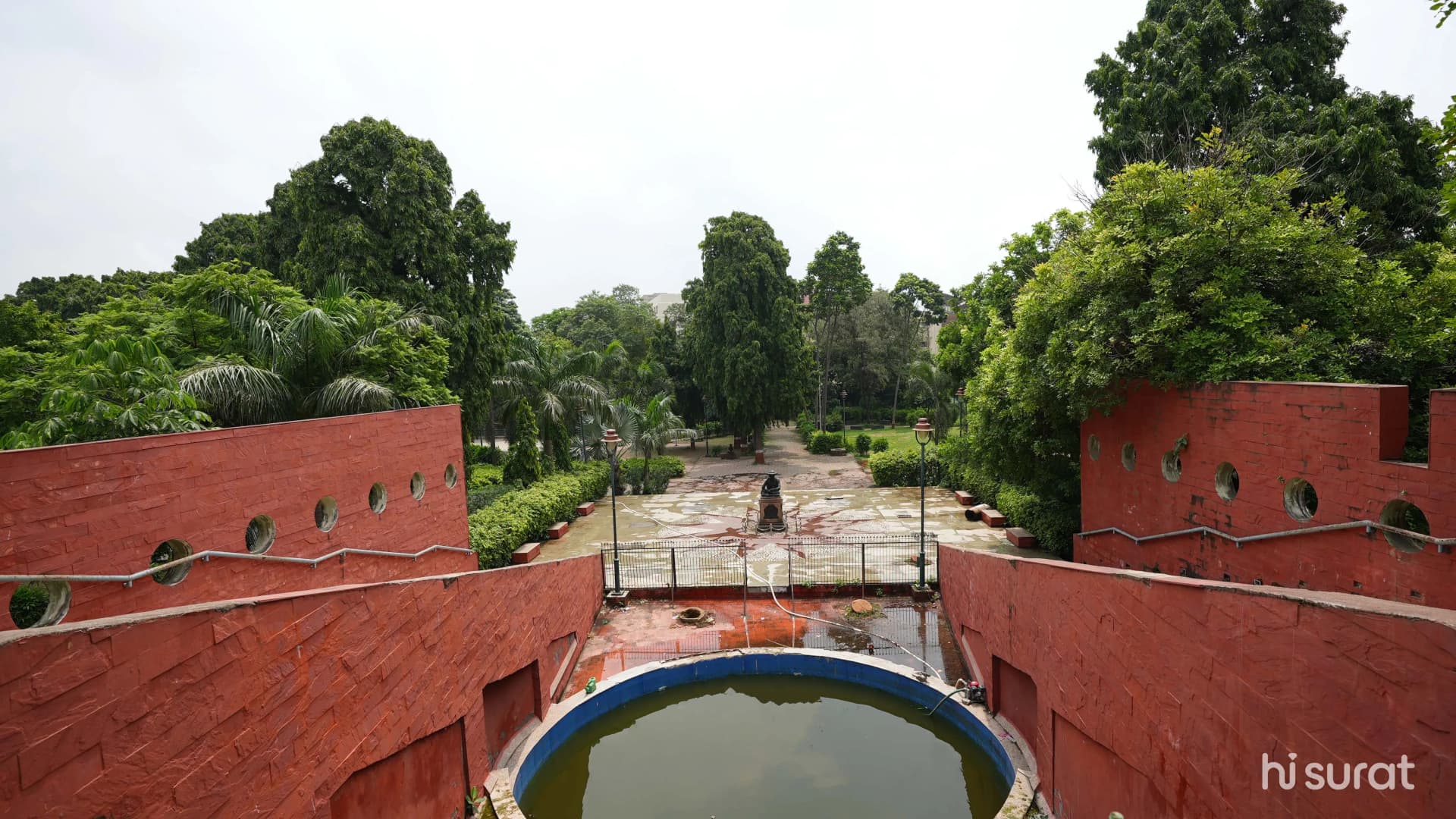
Rani Baug (presently Gandhibaug ) was inaugurated by the Municipality.
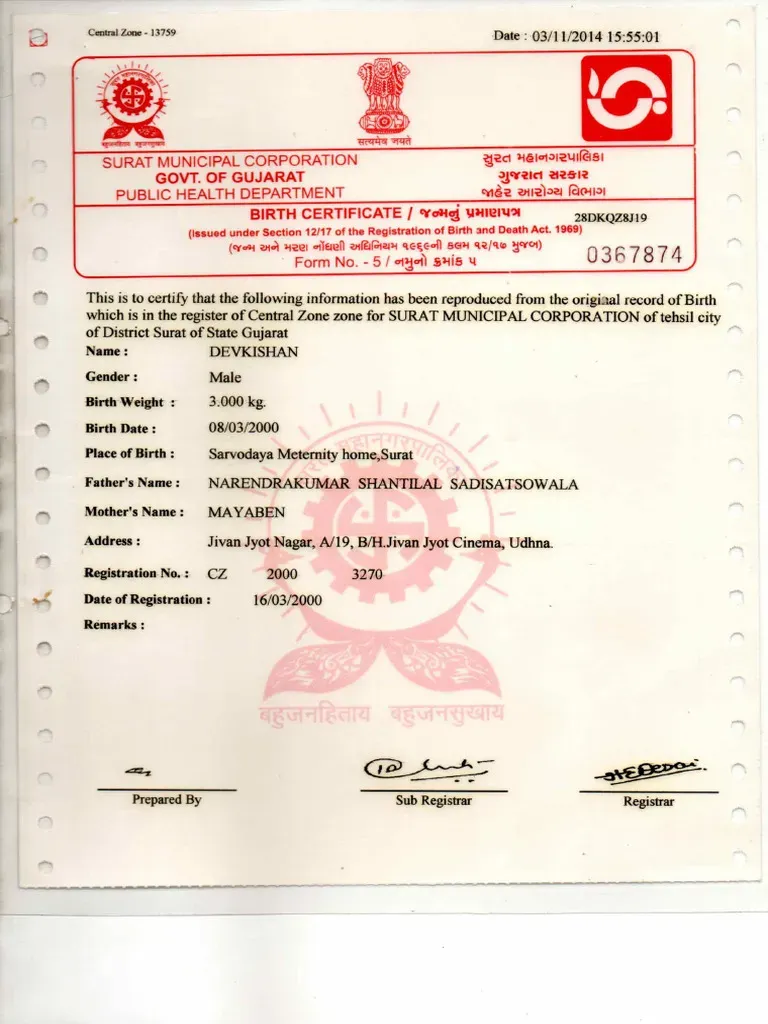
Municipality implemented registration of deaths and births.
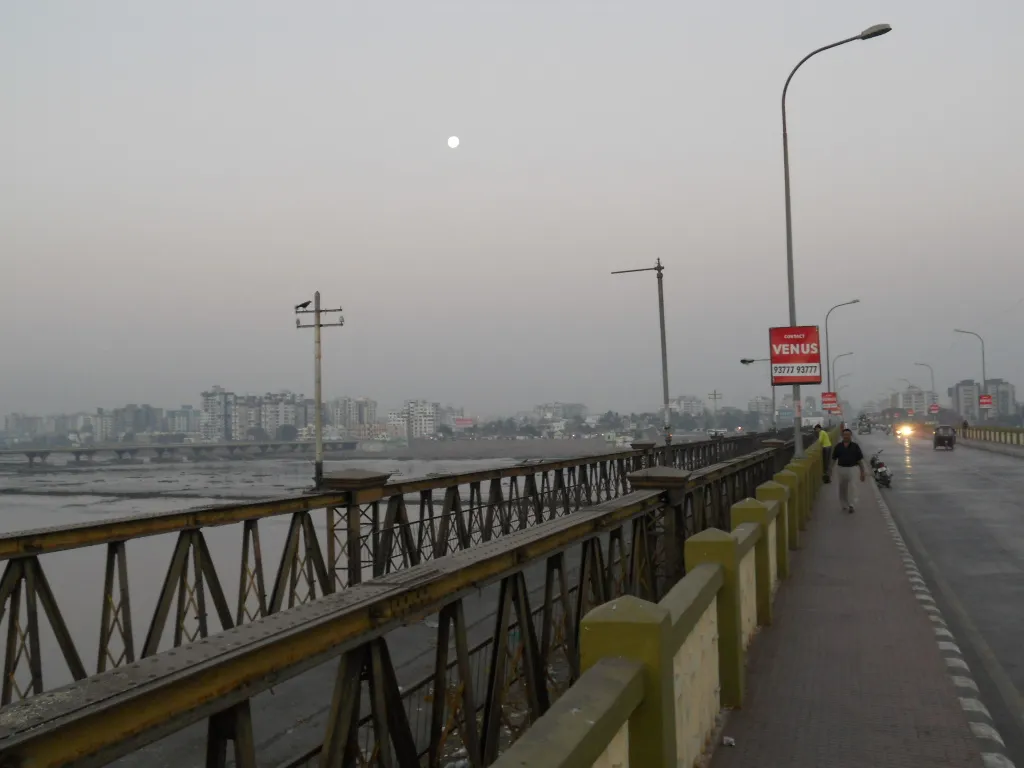
Launch of Hope Pool
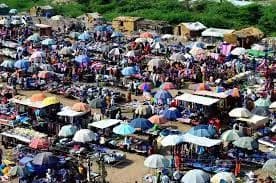
Saturday Bazar commenced in Killa Maidan.
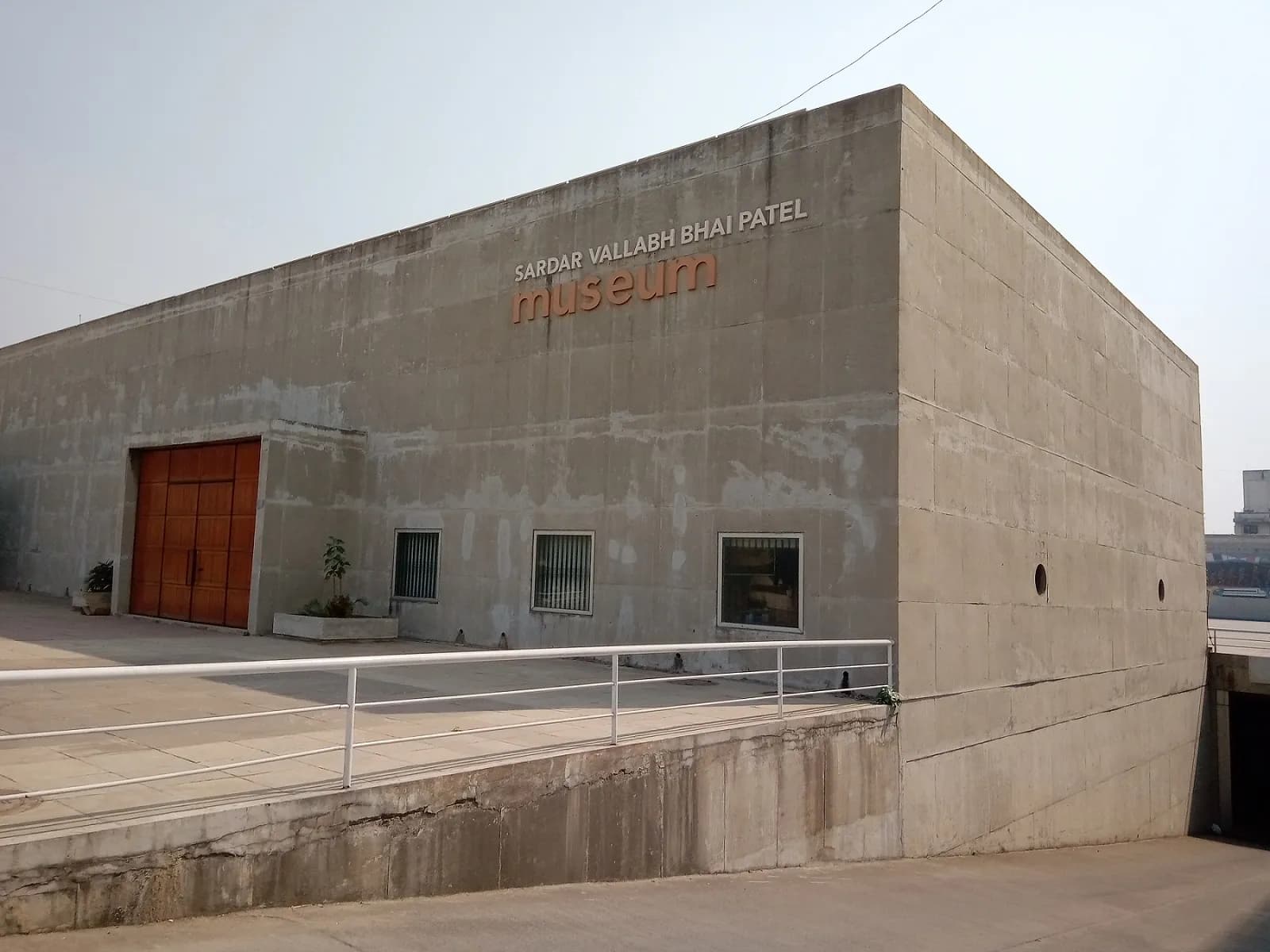
Winchester Museum was kept open on 1.2.1890 for general public.
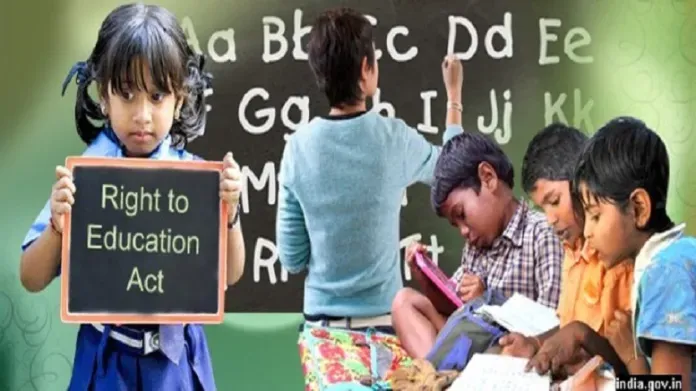
Free & compulsory education was introduced in the City from 1st April 1920.
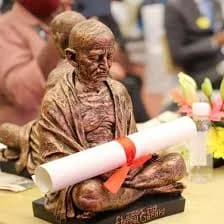
Mahatma Gandhiji was awarded a letter of Honour on 19th April 1921
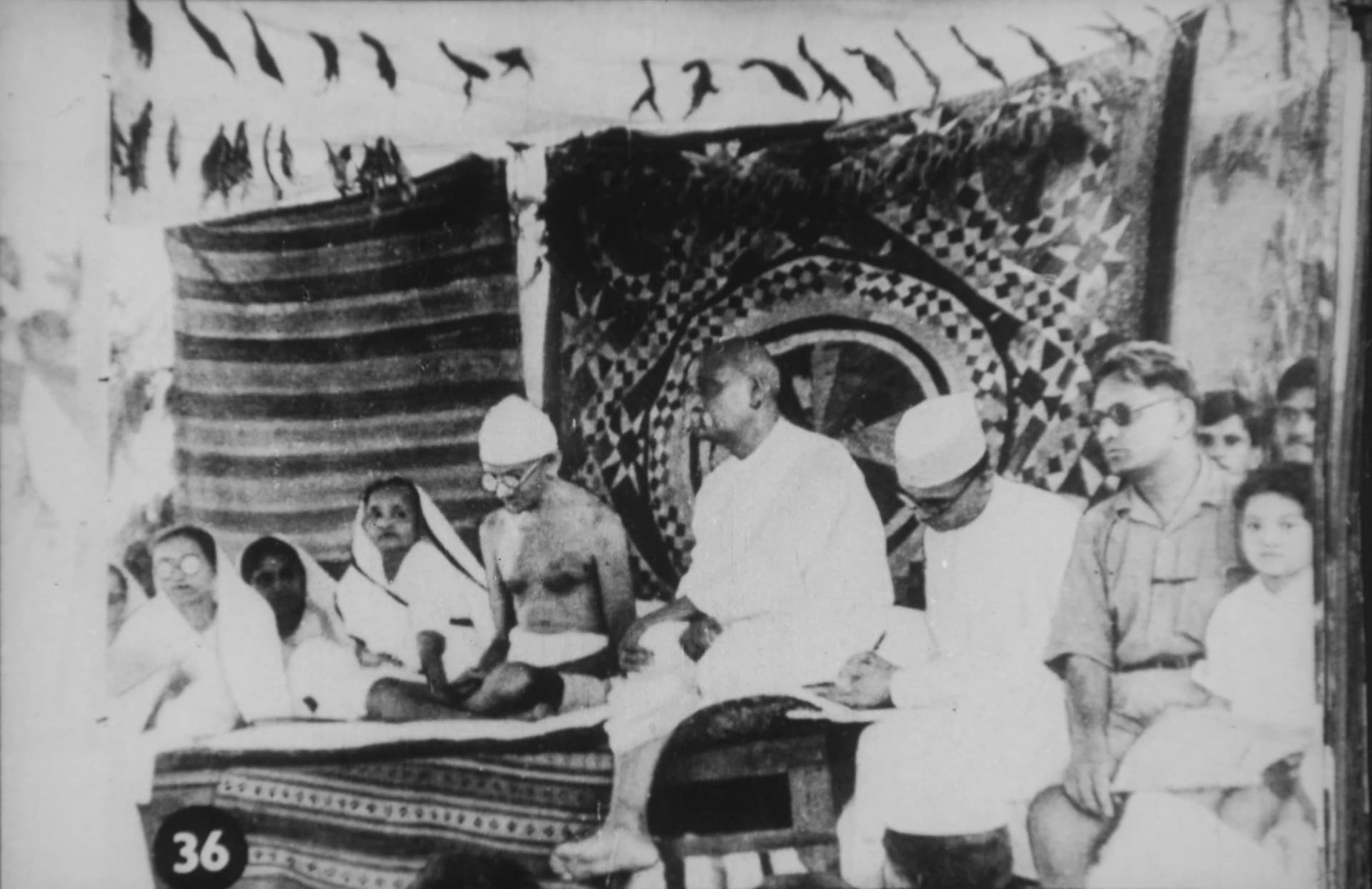
Shri Vallabhbhai Patel (Celebrated as 'Sardar' after Bardoli Satyagrah in 1928) was awarded a letter of Honour on 24th October 1925.
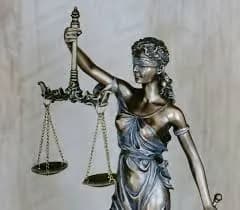
An act related to Adulteration was promulgated in the city from 1st March 1934.
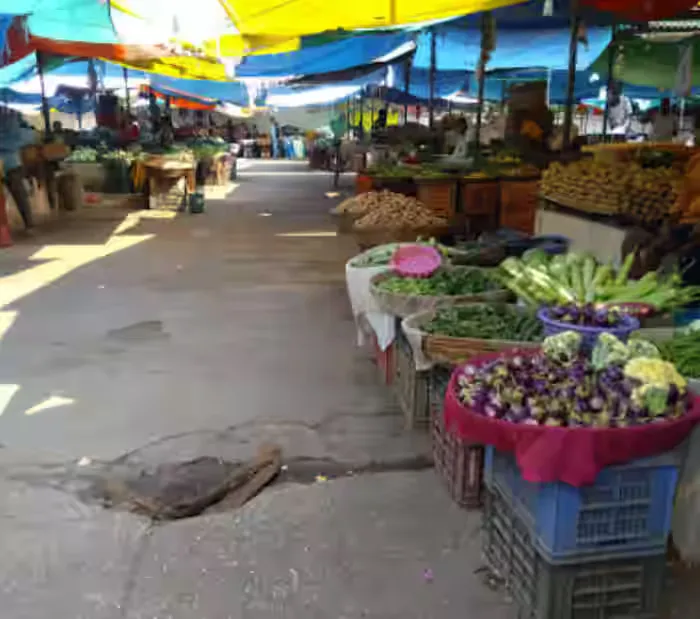
Vegetable Market constructed at Baranpuri Bhagal.
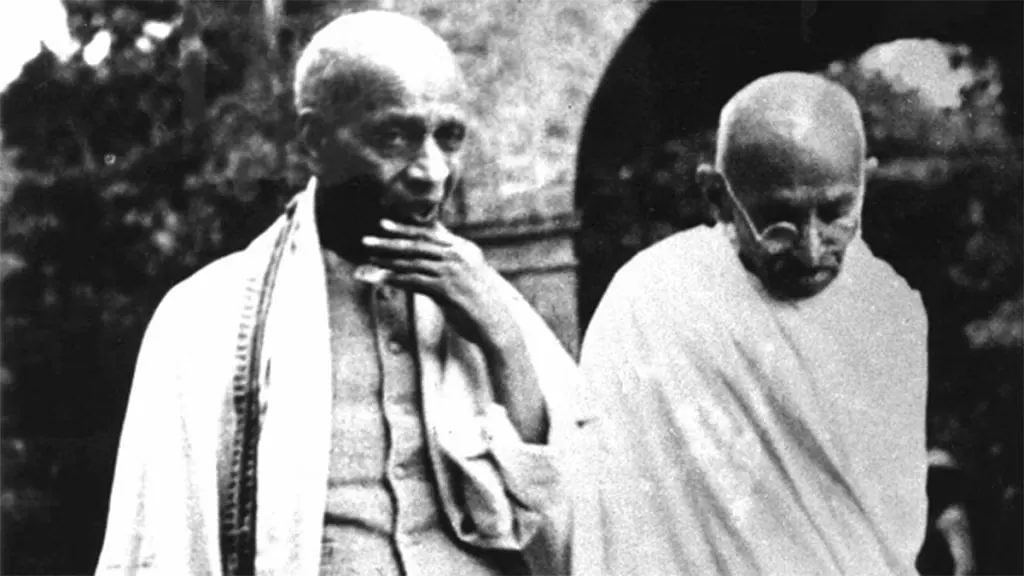
Sardar Vallabhbhai Patel unveiled the Oil-painting of Mahatma Gandhi in the Municipal Hall on 6th January 1939.
.-1733988117464.webp&w=1920&q=75)
The Municipality resolved that as long as the British Govt. is not prepared to make India free and continue its policy of repression the Municipal function be stopped (13-4-1944).
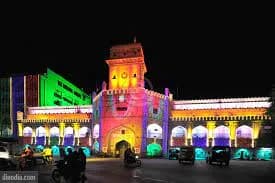
The Municipality was re-established on 8th Feb. 1946.
.-1733988473818.webp&w=1920&q=75)
D.D.T. Spray program undertaken to curb mosquitoes in the city (7-7-1950).
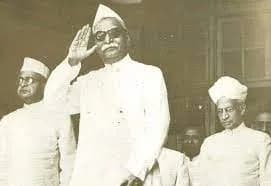
Dr. Rajendra Prasad, the President of India, unveiled the statue of Mahatma Gandhi placed at Gandhi baug on 17th October 1950.
%20constructed.%201952-1733989386663.webp&w=1920&q=75)
Surat Railway Station (New) constructed.
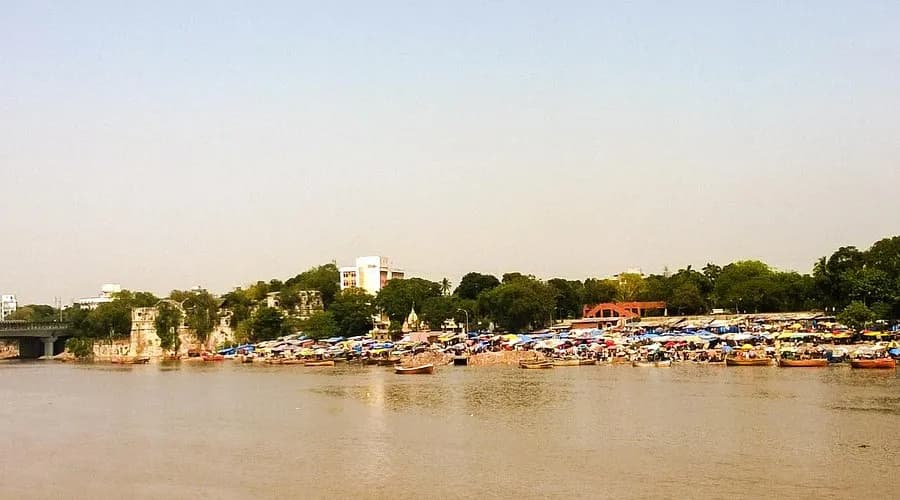
Inaugurated the Rang Upvan on 30th October 1955. and Pandit Jawaharlal Nehru, the Prime Minister of India
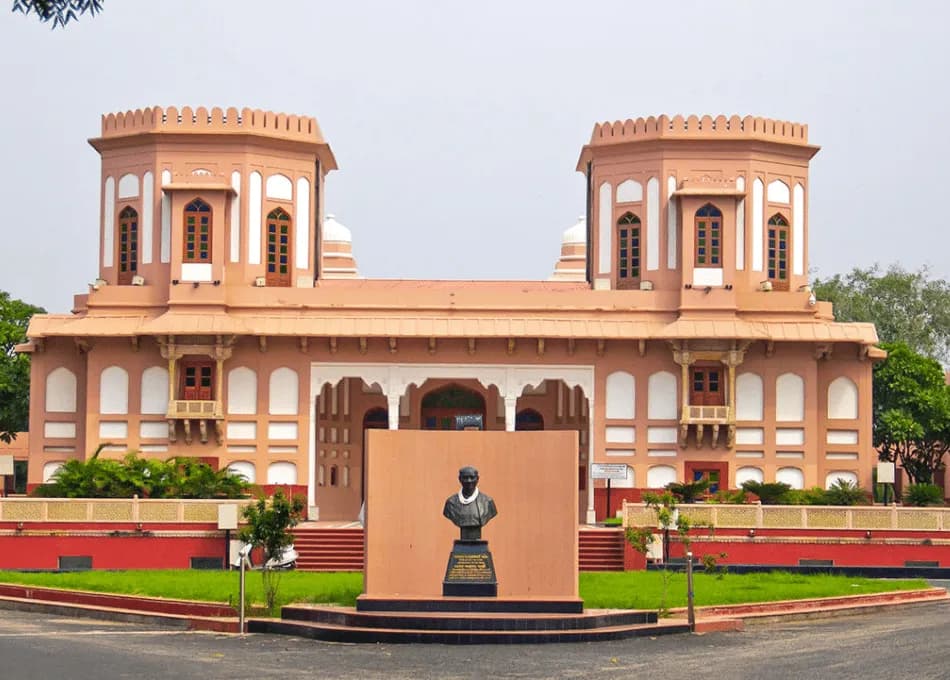
Inauguration of S.V. Patel Museum by L;. Shastri on 6.5.1956.
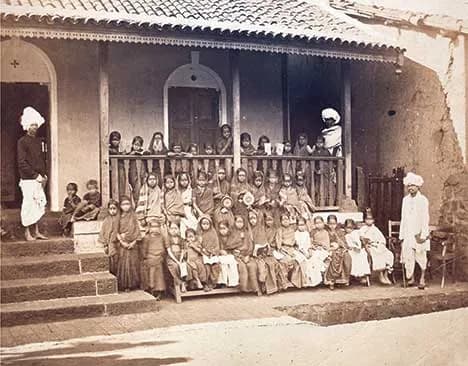
English was introduced in the education of girls in Raichand Deepchand school for girls at Gopipura.
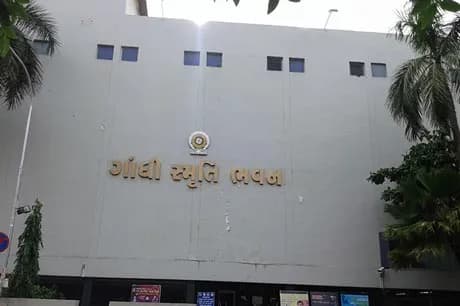
Inauguration of Gandhi Smruti Bhavan, the auditorium. (19-4-1980)
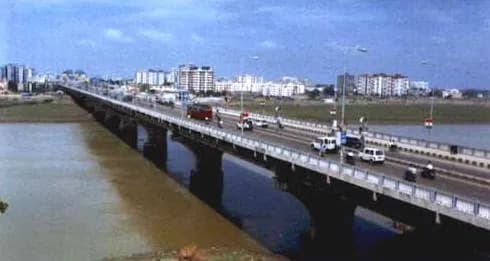
Inauguration of Sardar Vallabhbhai Patel Bridge on 22-7-1991
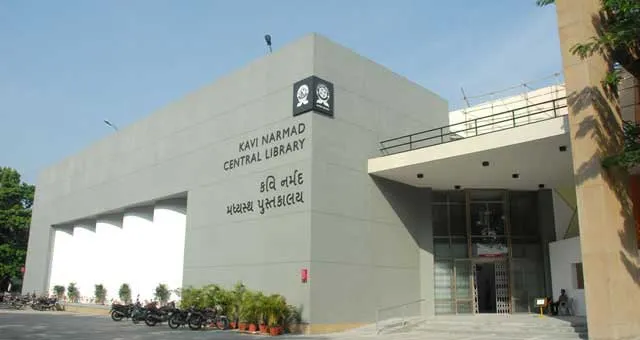
Inauguration of the Narmad Central Library on 24th August 1991
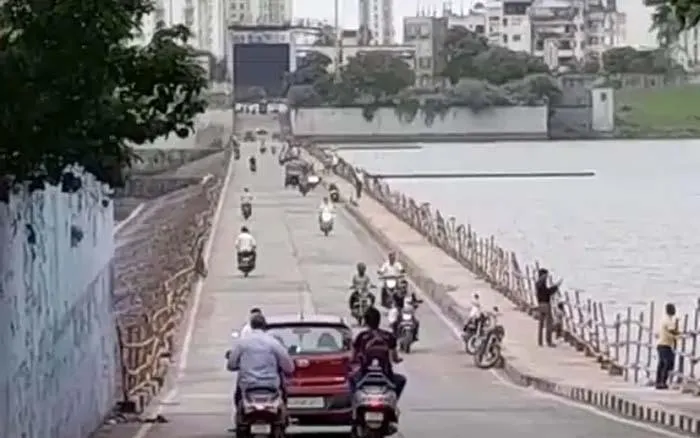
Inauguration of Weir-cum-Cause Way on 16-12-1995.
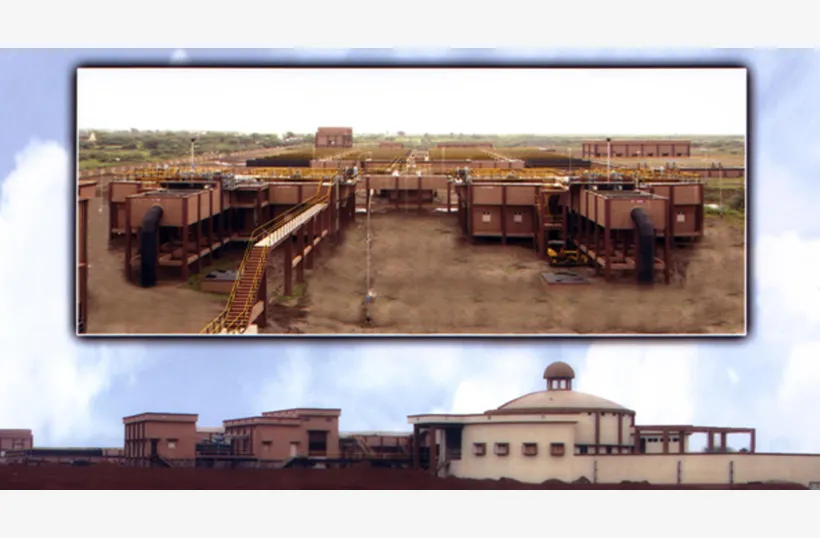
Commencement of Sewage Treatment Plant at Bhesan from 25-12-1995.
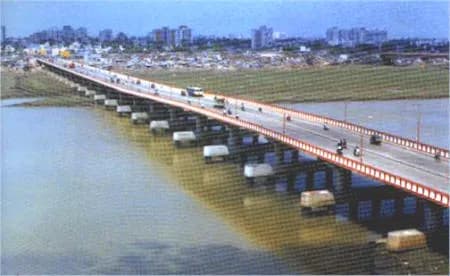
Inauguration of Swami Vivekanand Bridge on 30-6-1996.
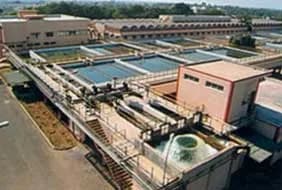
Inauguration of Water-distribution centre at Katargam on 27-6-1997.
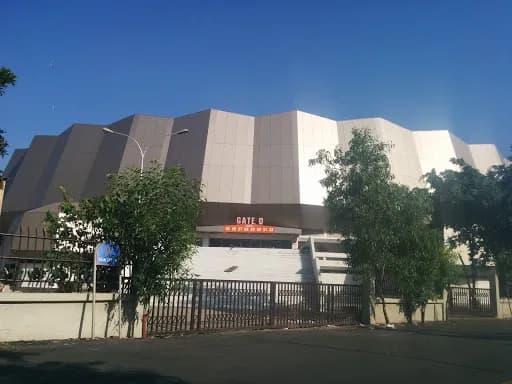
Inauguration of Indoor Stadium on 18-12-1998.
-1733995968752.webp&w=1920&q=75)
Inauguration of Bharat Ratna Dr. Babasaheb Ambedkar Fly Over Bridge (Textile Market, Ring Road)

Inauguration of Olympic level swimming pool at Adajan on 06-05-2000.
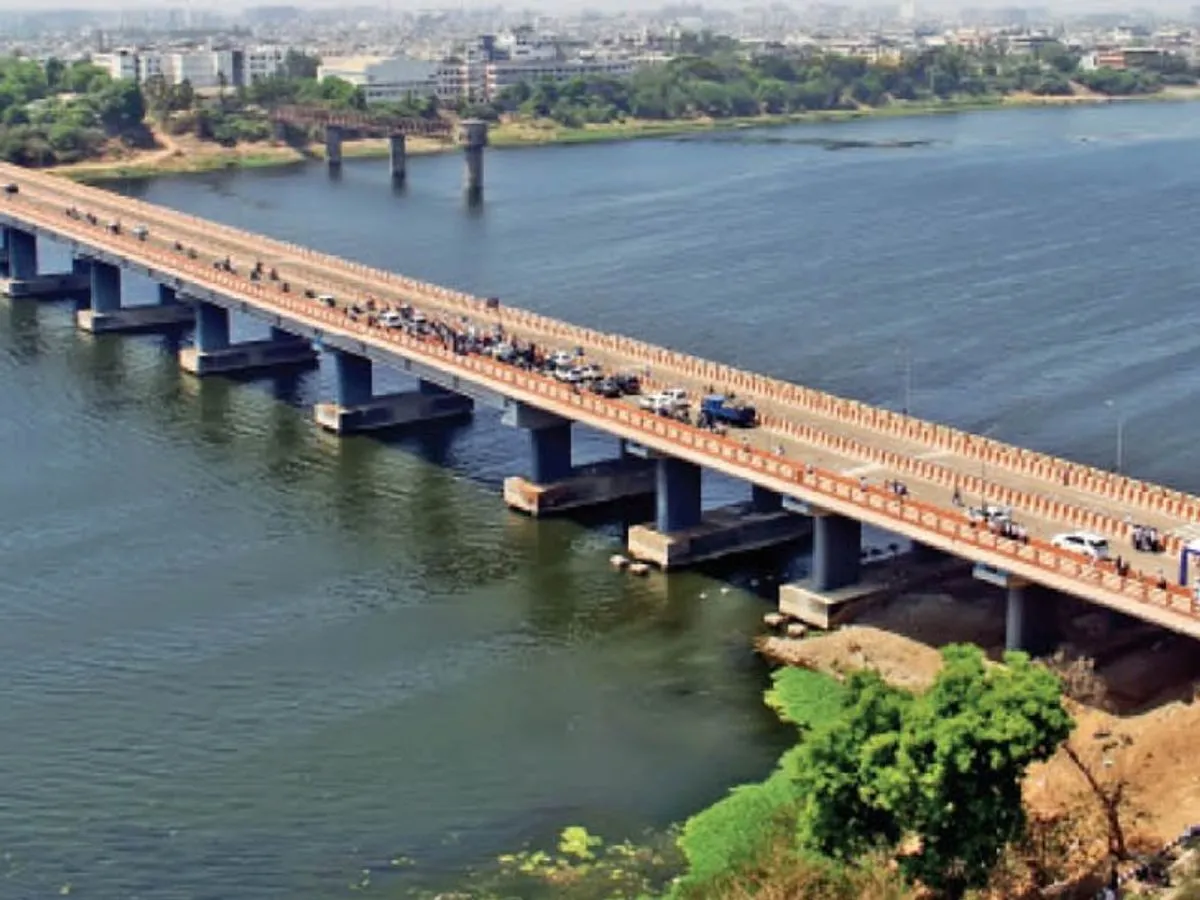
Inauguration of bridge connecting Nana Varachha & Mota Varachha on 28-10-2001.
%20at%20Varachha%20on%2028-10-2001-1733997226795.webp&w=1920&q=75)
Inauguration of Sardar Smriti Bhavan (auditorium) at Varachha on 28-10-2001
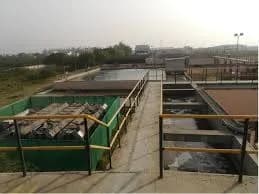
Commencement of Bamroli-Vadod Sewage Treatment Plant.
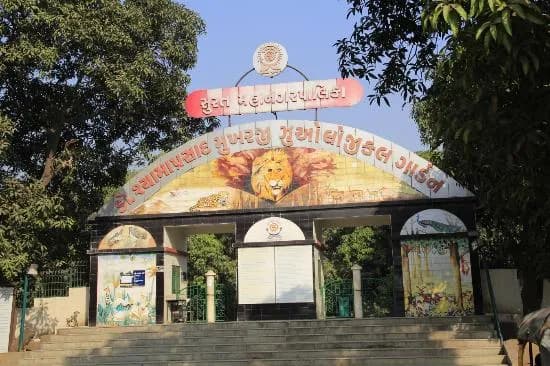
Opening of Sarthana Nature Park & Zoo on 26-04-2003.
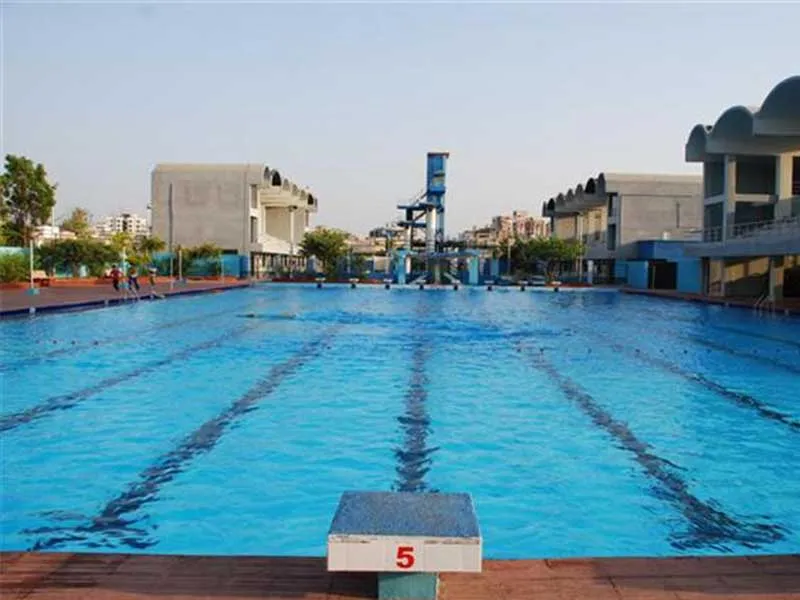
Inauguration of Swimming pool near Terapanth Bhavan, Opp. South Zone Office on 31.08.2003
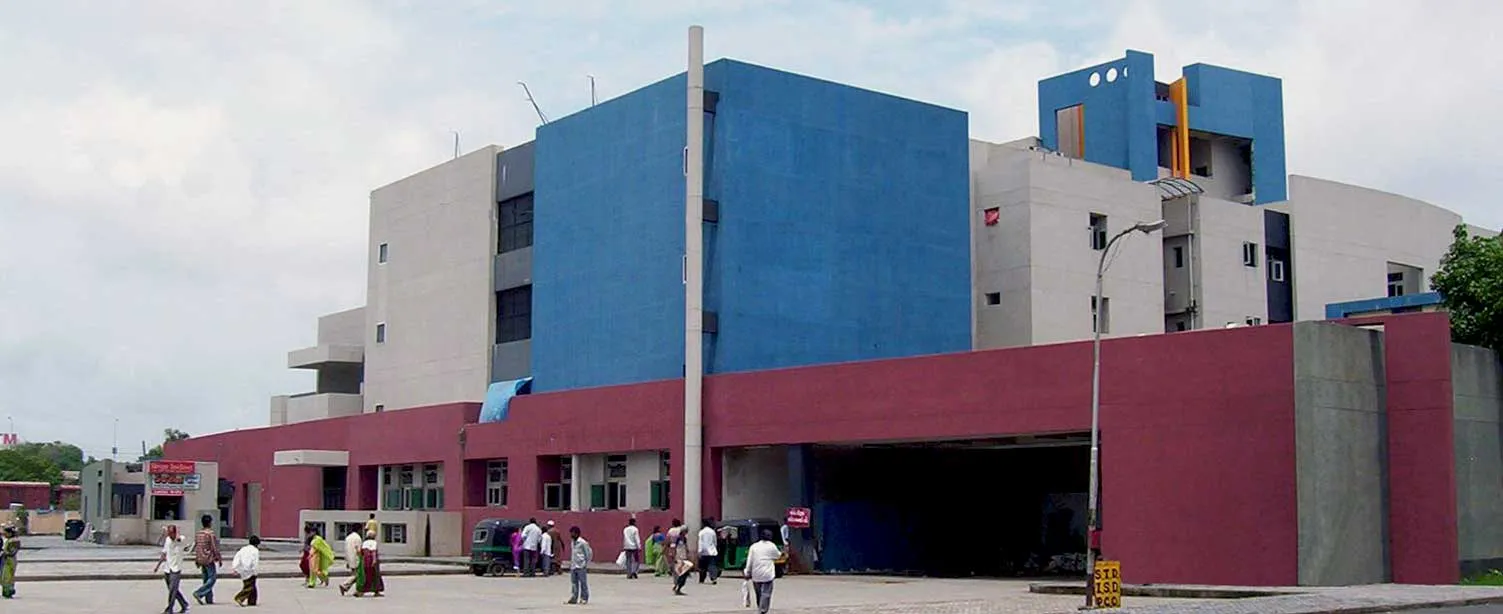
Opening of SMIMER Hospital on 02.02.2004
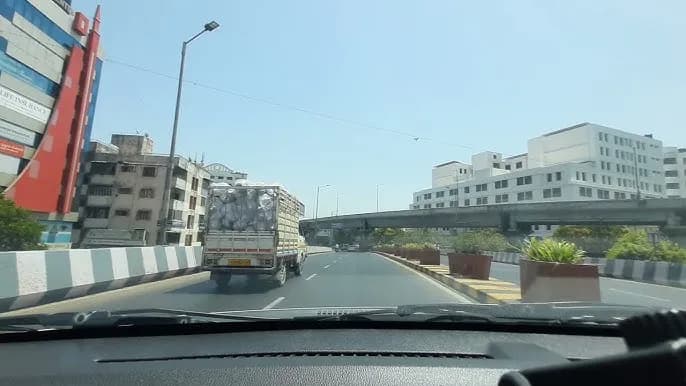
Inauguration of Varachha Flyover Bridge on 02.02.2004
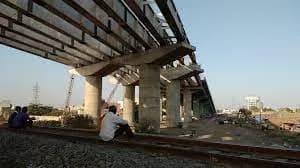
Foundation stone laid for railway over bridge at Dindoli on 27.02.2004
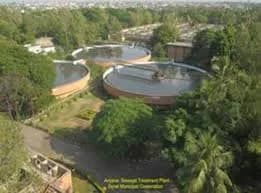
Inauguration of Sewage Pumping Station and India’s first biogas based plant producing 0.50 MW electricity from sewage at Anjana Sewage Treatment Plant on 28-02-2004.
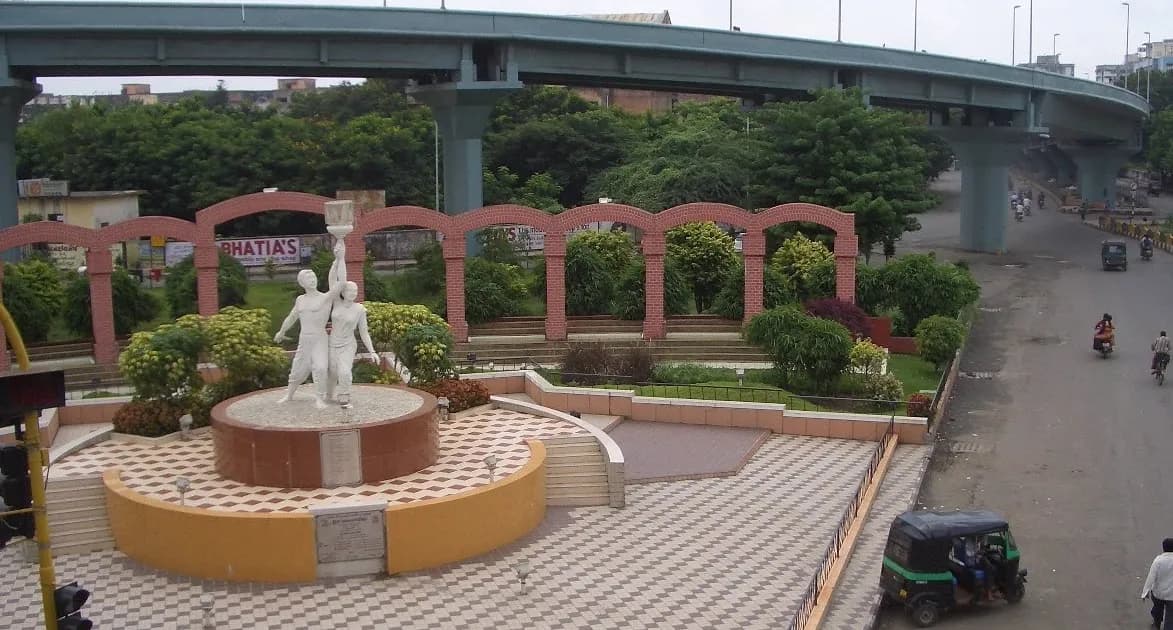
Inauguration of Janshakti Island at Majuragate on 01.05.2004.
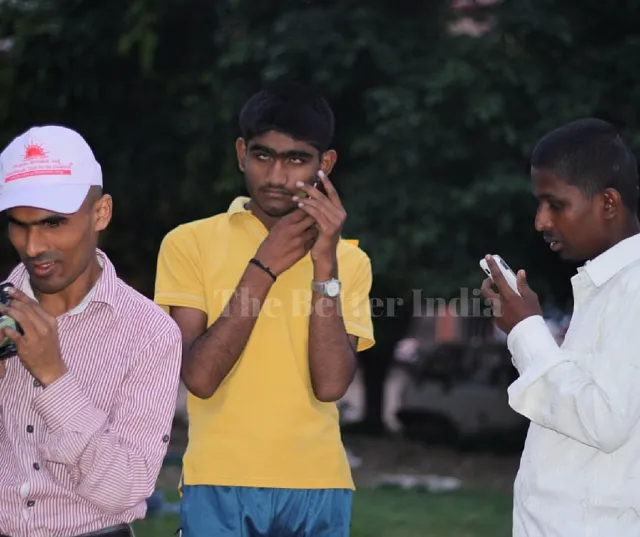
Inauguration of e-Library and Blind library on 01.05.2004.
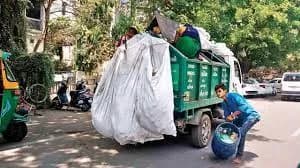
Water Harvesting system within the premises of municipal corporation started and Door-to-door Garbage Collection system started on 01.05.2004
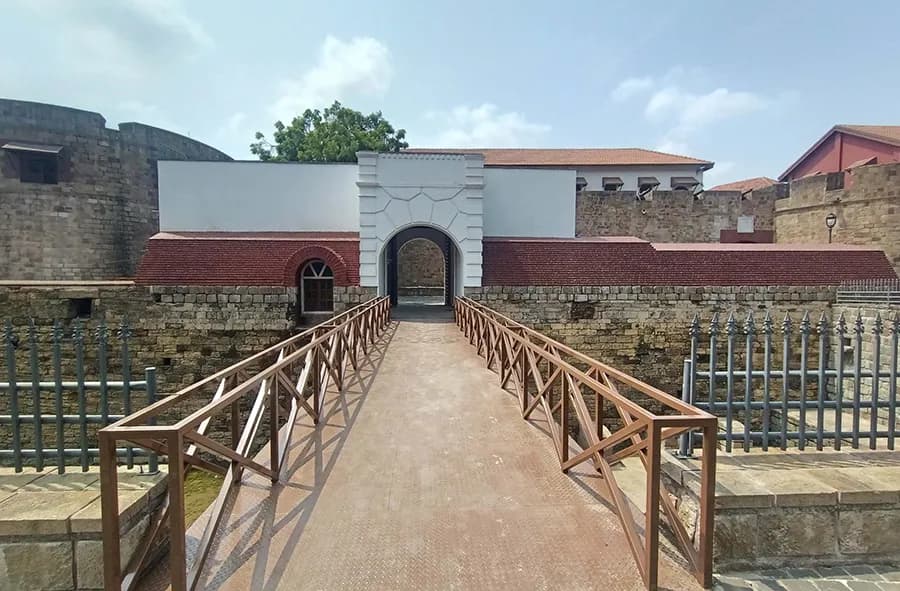
City Gallery inaugurated 02.05.2004
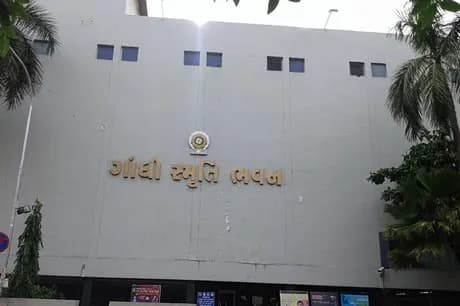
Inauguration of Model center at Gandhismriti Bhavan on 02.05.2004.
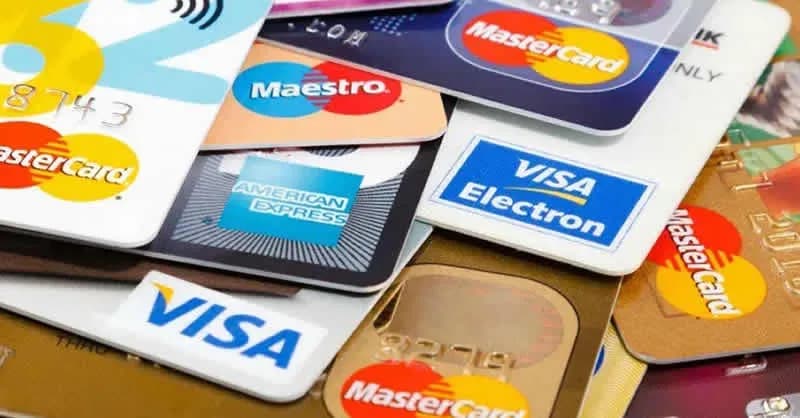
E-Payment system started on 15.10.2004.
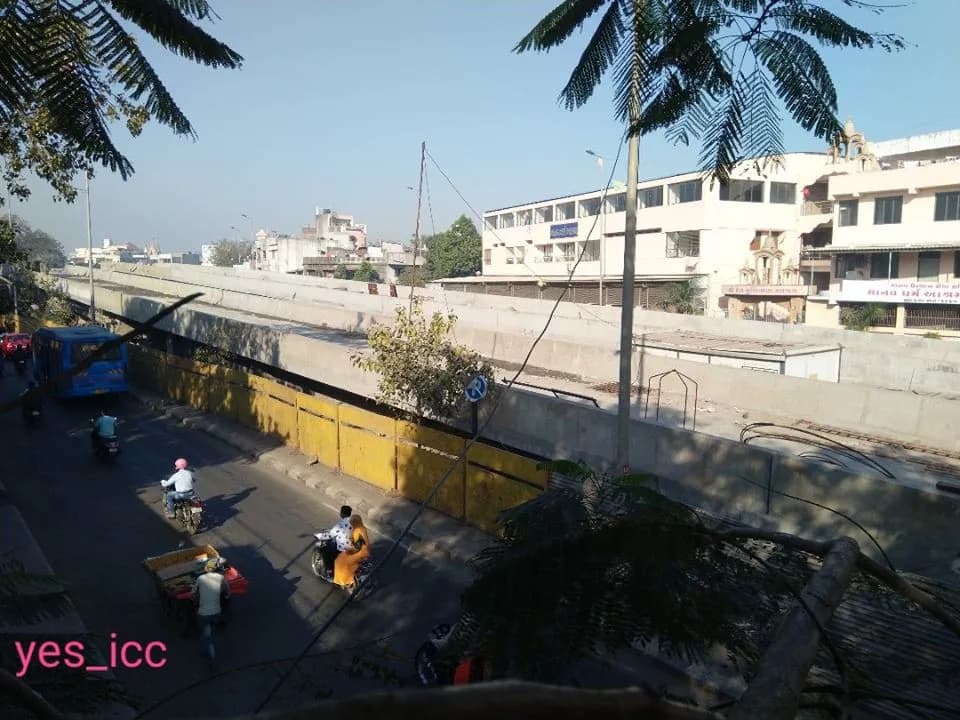
Inauguration of ramp connecting Varachha Fly Over bridge with Hirabaug Junction on 15.12.2004.
%20on%2019.12.2004.-1734175391788.webp&w=1920&q=75)
Foundation stone laid for India's first multi layer flyover bridge at Jay Prakash Narayan Road (Ring Road) on 19.12.2004.
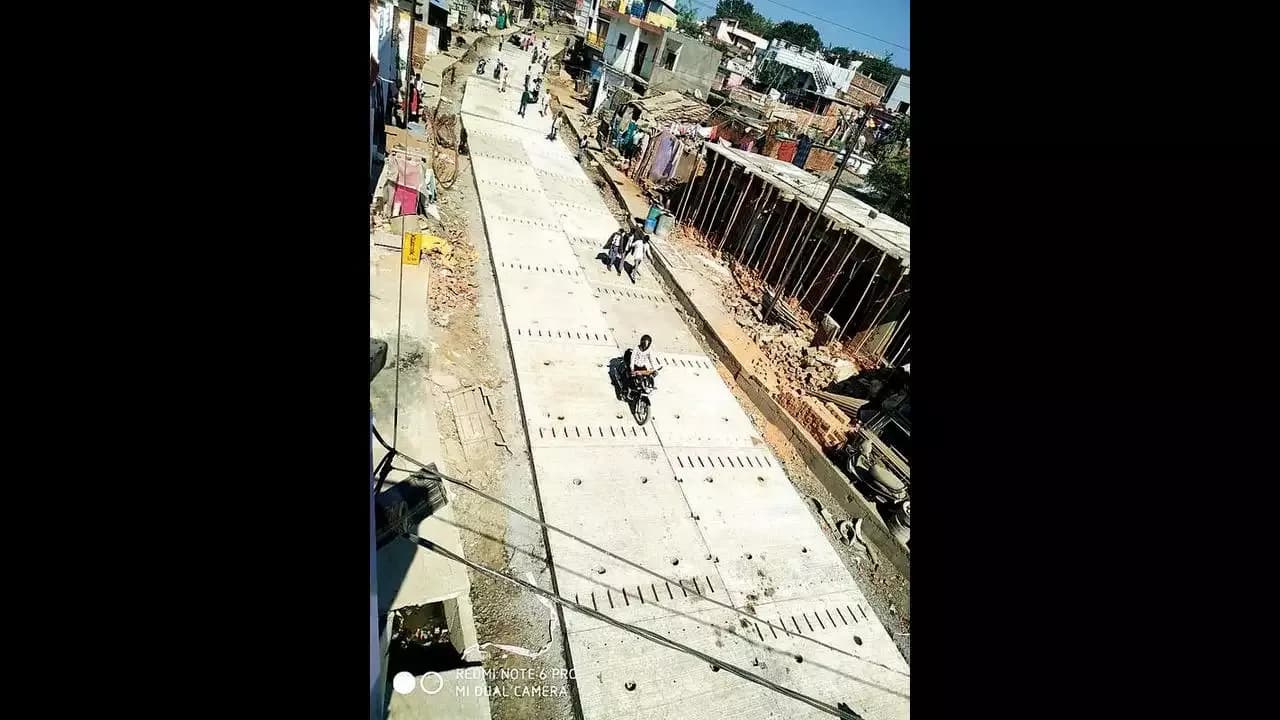
Work of converting main roads of the city using cement concrete started on 19.12.2004.
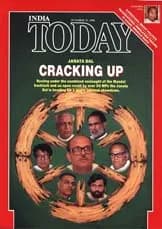
e-Magazine started from 15.05.2005.
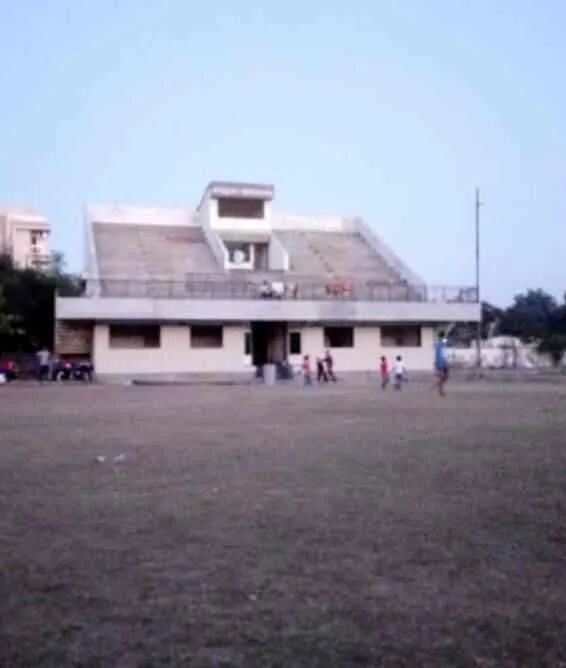
On 31.07.2005, foundation stone laid for Sport Complex to be constructed opposite Amidhara Wadi, New Rander Road.
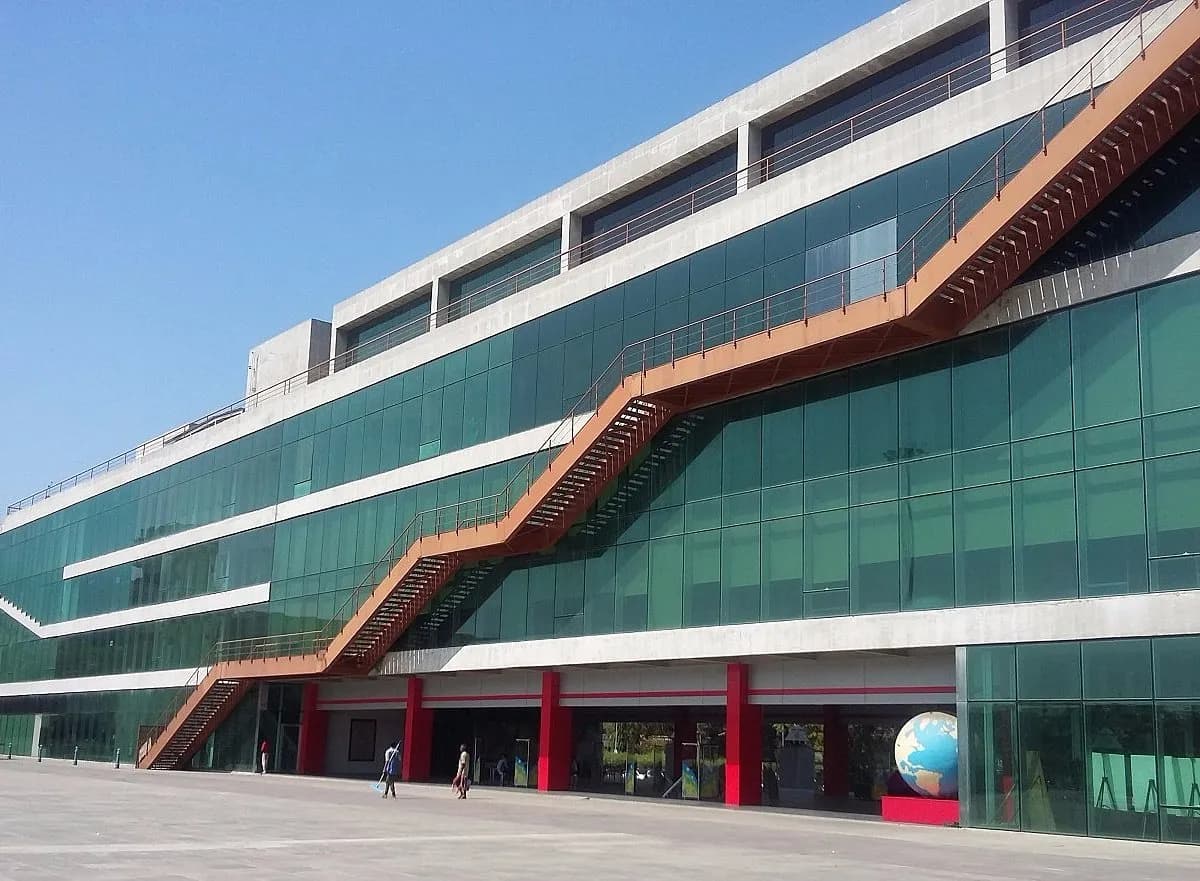
Foundation stone laid for completely AC Science Centre, Museum, Art Gallery and Planetarium to be constructed near Maheshwari Bhavan, City lite Road on 10.09.2005
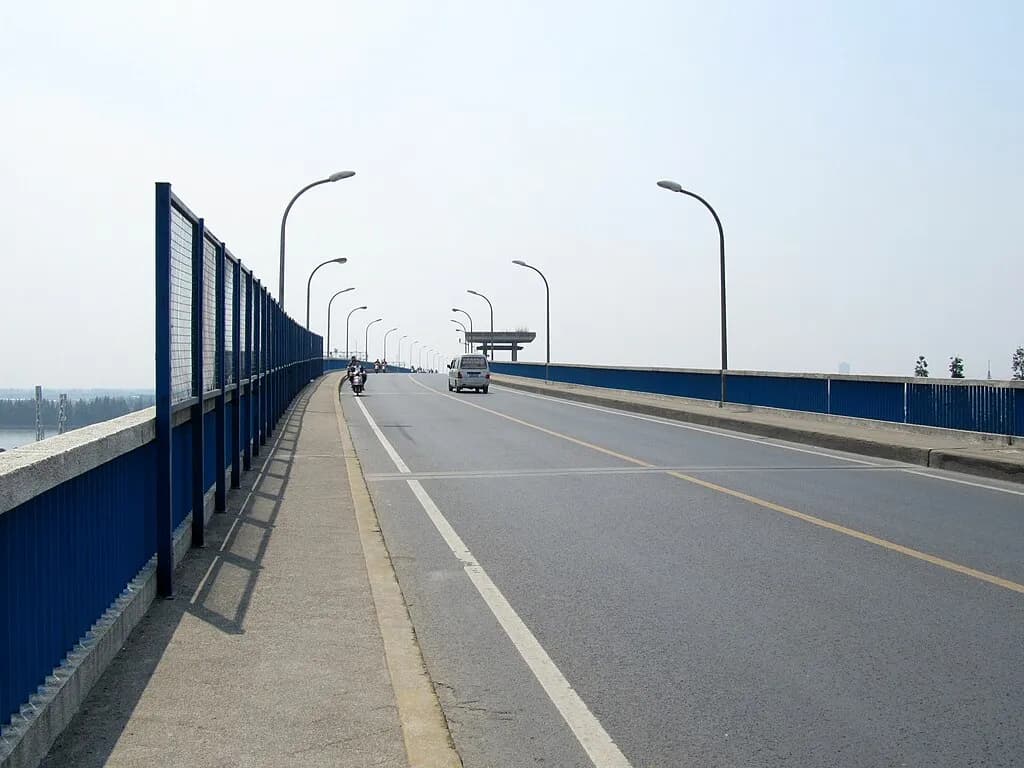
Foundation stone laid for the bridge over river Tapi connnecting Dabholi and Jahangirpura On 31st March 200.
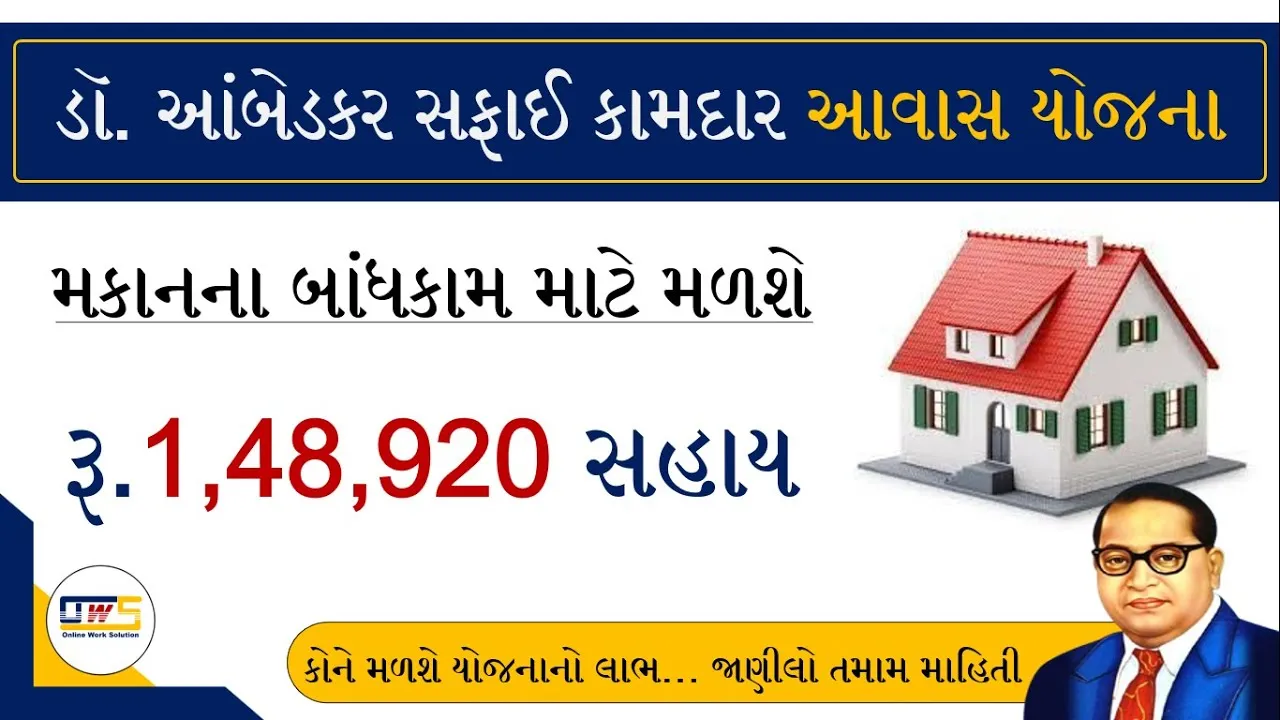
Key handing over ceremony of "Dr. Baba Saheb Ambedkar Safai Kamdar Awas" held on 27.05.2006.
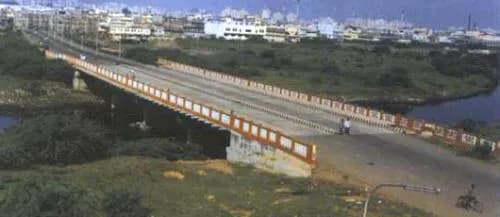
Inauguration of bridge over Kankara Khadi, connecting Althan and Bamroli on 17.10.2006.
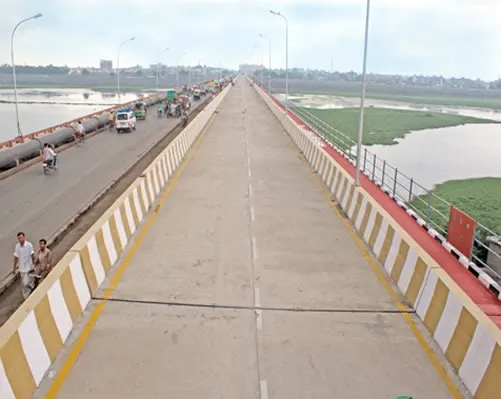
Foundation stone for the construction of new bridge over Tapi at Amroli laid on 10.03.2007.
Inauguration of Udhna Darwaja Junction (Ring road) Fly Over Bridge on 10.03.2007.
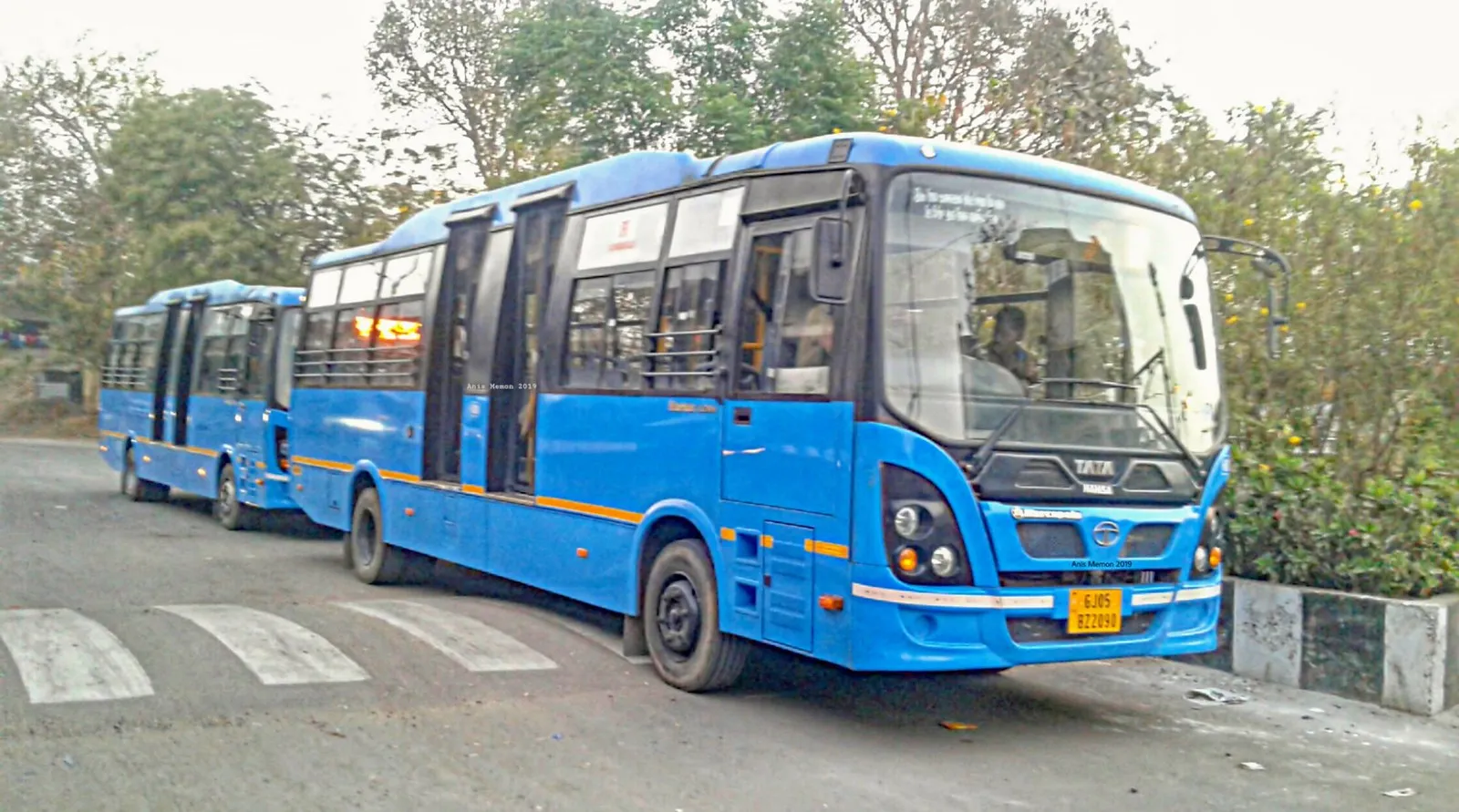
The City Bus Service started from 27 August 2007 for general public.
%20on%2010.09.2007.-1734345167750.webp&w=1920&q=75)
Inauguration of Fly Over Bridge from Kadiwala School to Subjail at Jayprakash Narayan Marg (Ringroad) on 10th Sept 2007.
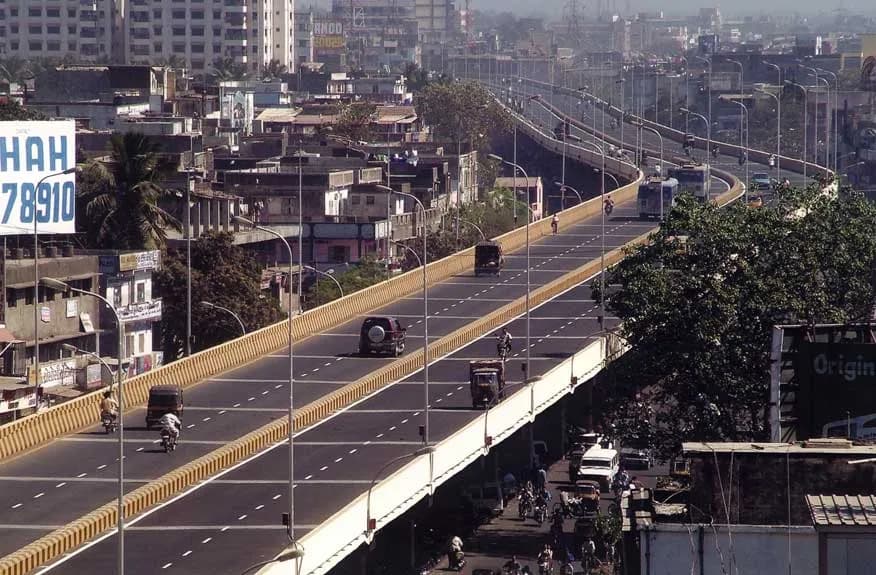
Foundation stone laid on 24th Sept 2007 for the construction of flyover bridge near the junction near Kapodra Fire Station at Varachha Main Road.
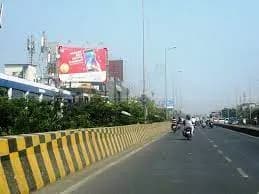
Inauguration of Nana Varachha Flyover Bridge on 23.03.2008.
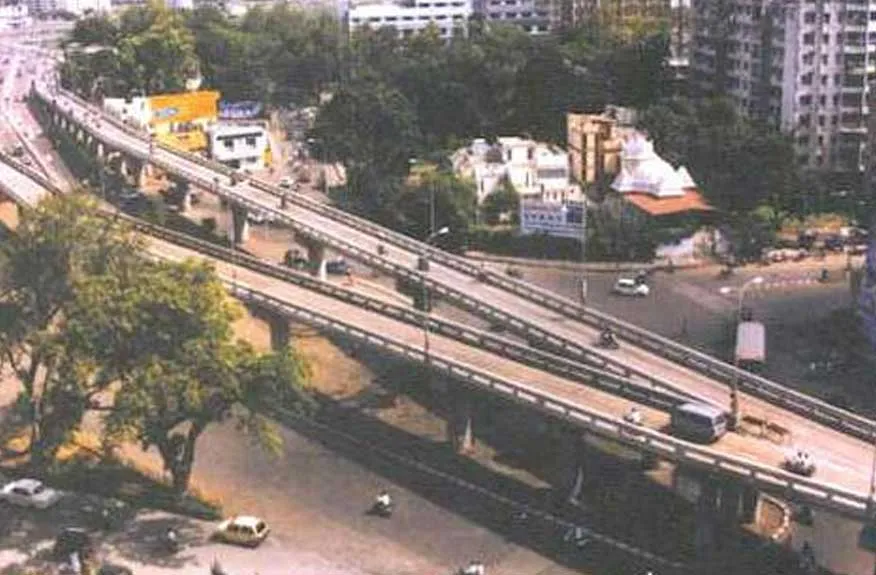
Inauguration of Multilayer Flyover Bridge connecting Ikar Bhavan to Kadiwala Junction of Ring Road on 4th May 2008.
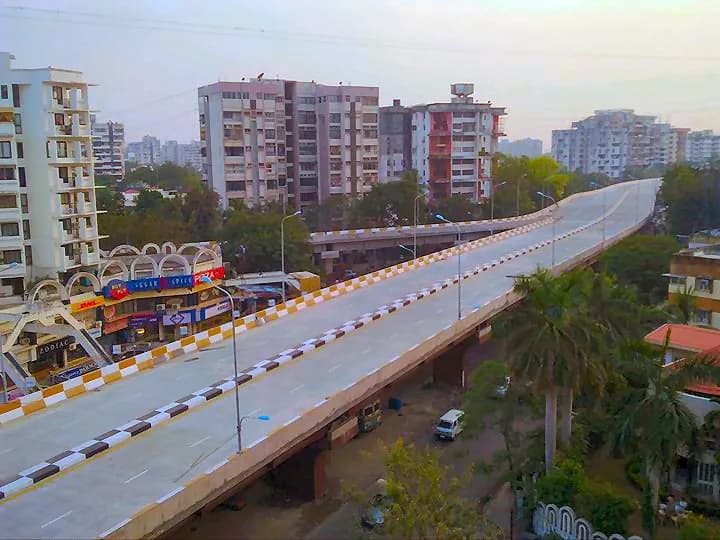
Foundation stone laid on 12th December 2008 for the construction of Parle Point Flyover Bridge
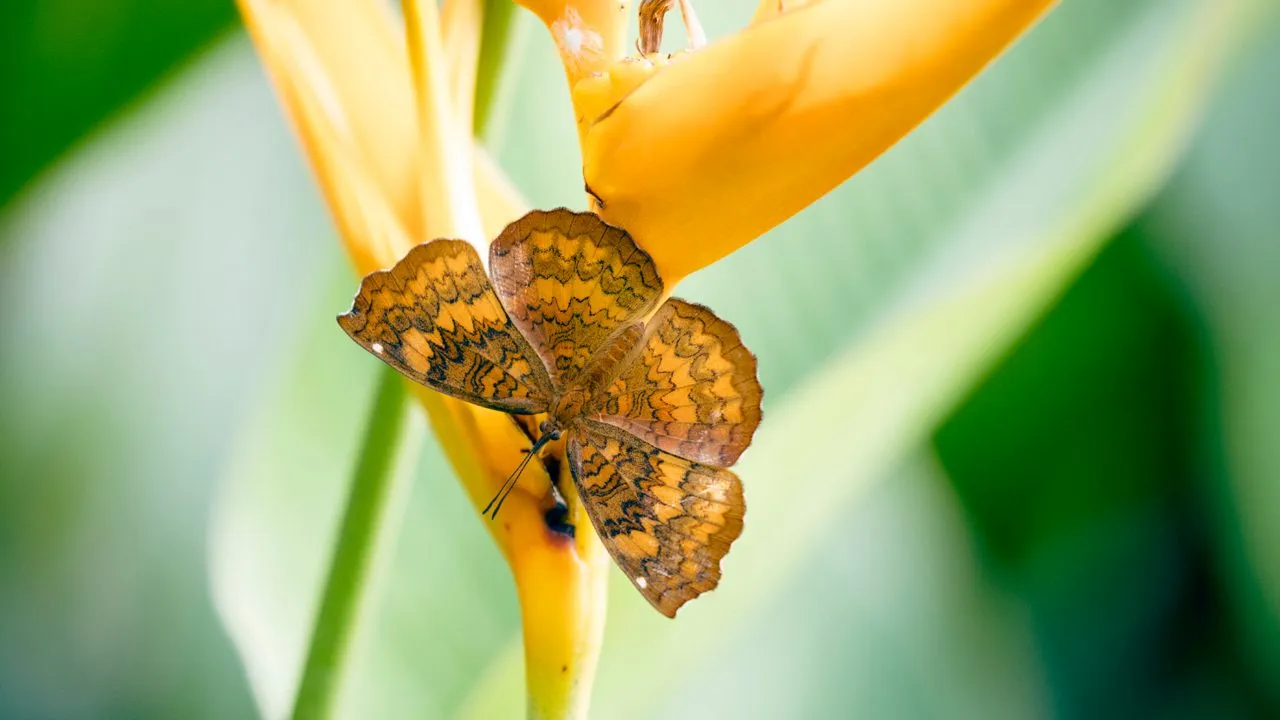
Inauguration of Butterfly Park at Sarthana Nature Park on 12th December 2008
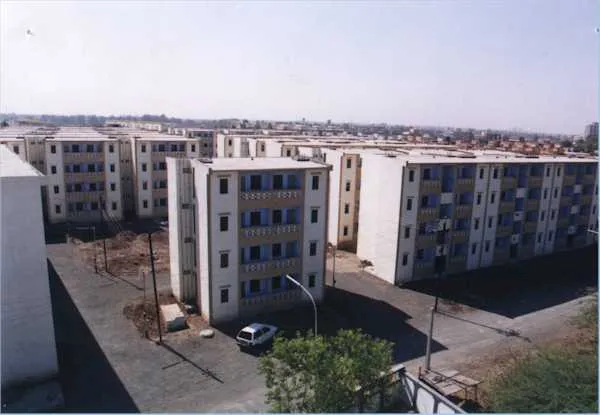
Allotment of EWS houses at Kosad on 21.02.2009.
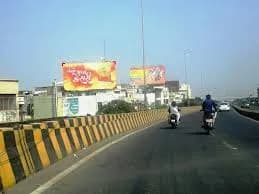
Inauguration of Kapodra Flyover Bridge on 11.11.2009.
%20Auditorium%20at%20Palstone%20laid%20on%2020.11.2009.-1734598662502.webp&w=1920&q=75)
Foundation the construction of Late Shri Sanjeevkumar (Haribhai Jariwala) Auditorium at Palstone laid on 20.11.2009.
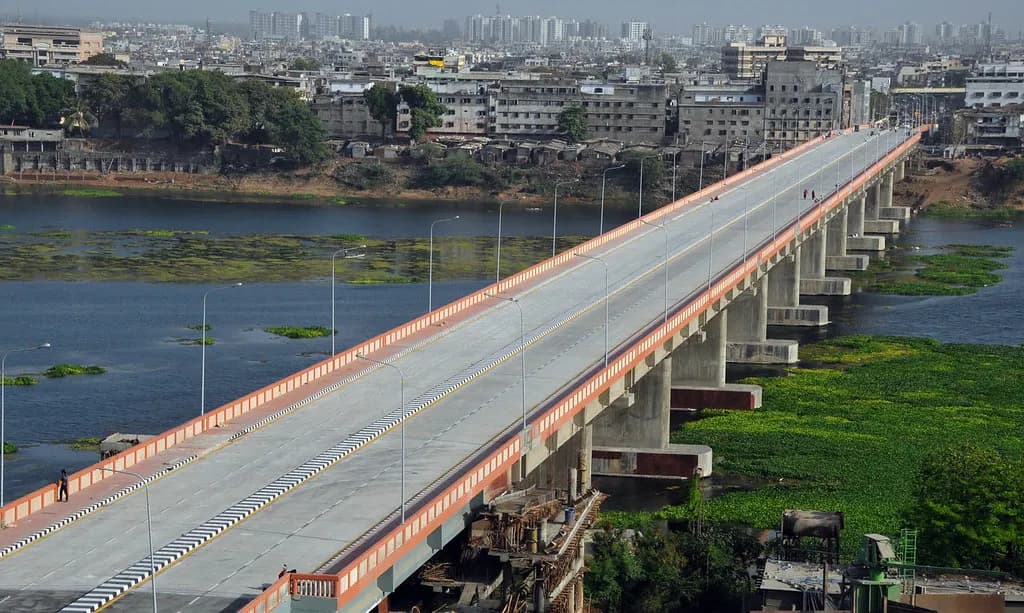
The construction of Utrayan-Kapodra Bridge at 20.11.2009
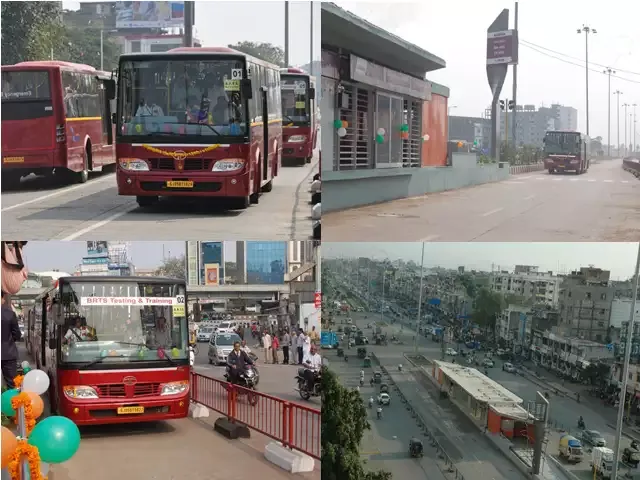
The BRTS project at Kharvarnagar on 29.11.2009
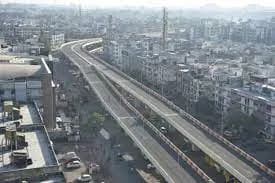
Inauguration of “Pandit Shyamji Krushna Varma Bridge” over Tapi river, connecting Katargam and Amroli.
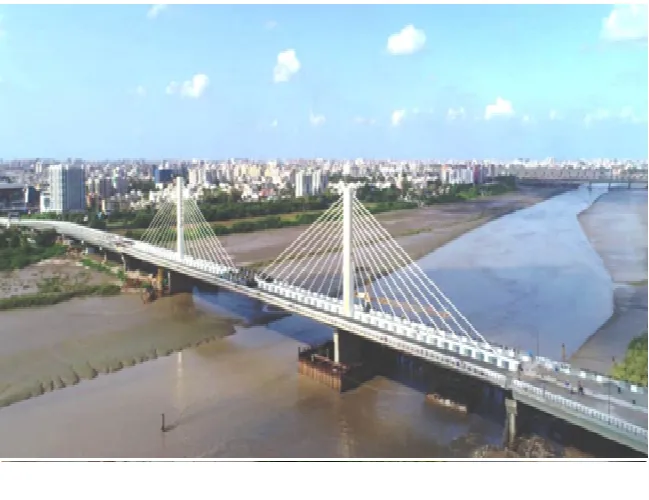
“Pandit Dindayal Upadhyay Cable Staid Bridge” over Tapi river, connecting Athwa and Adajan area. 9th Sept 2010
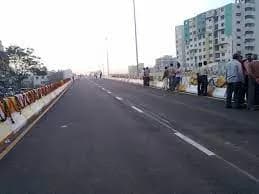
“Netaji Subhashchandra Bose Flyover Bridge” at East Zone, Aai Mata Chawk, Surat-Bardoli Road.
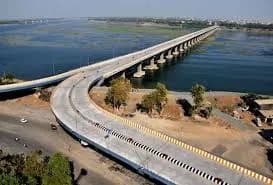
Inauguration of “Dr. Shyama Prasad Mukherjee Bridge” on Tapi river, connecting Jahangirpura and Dabholi.
